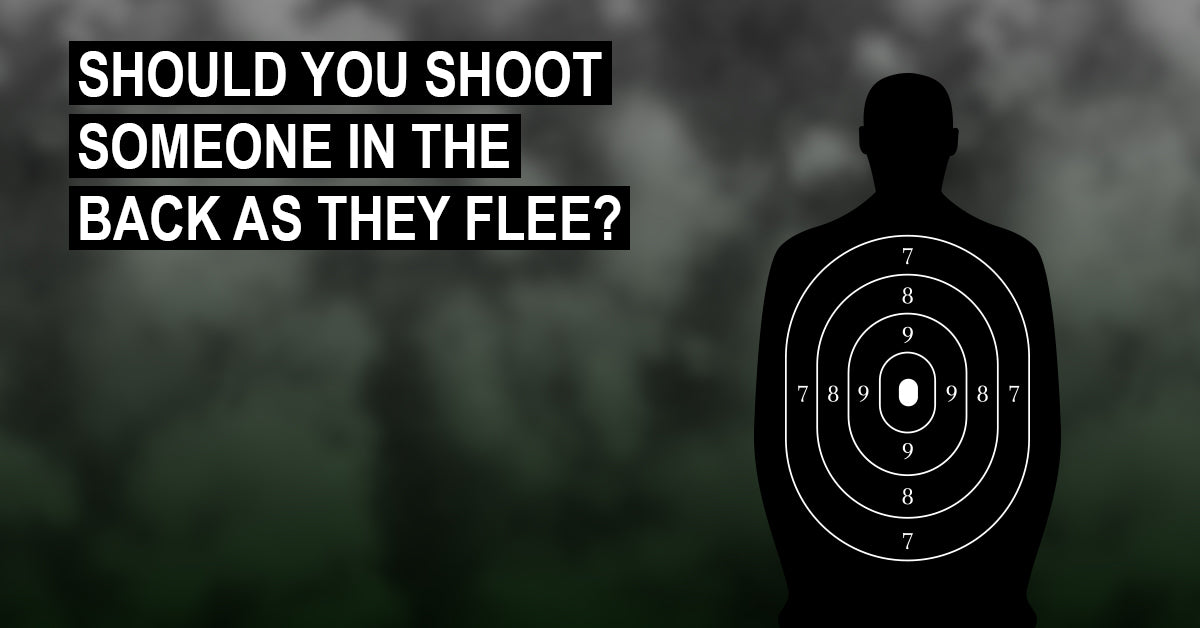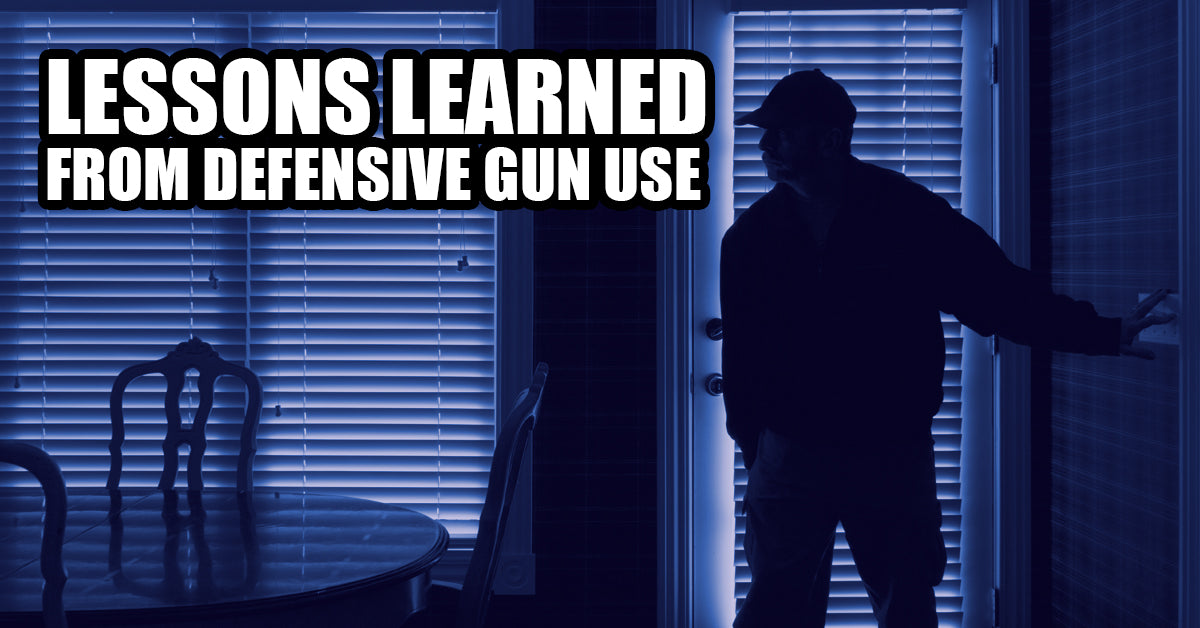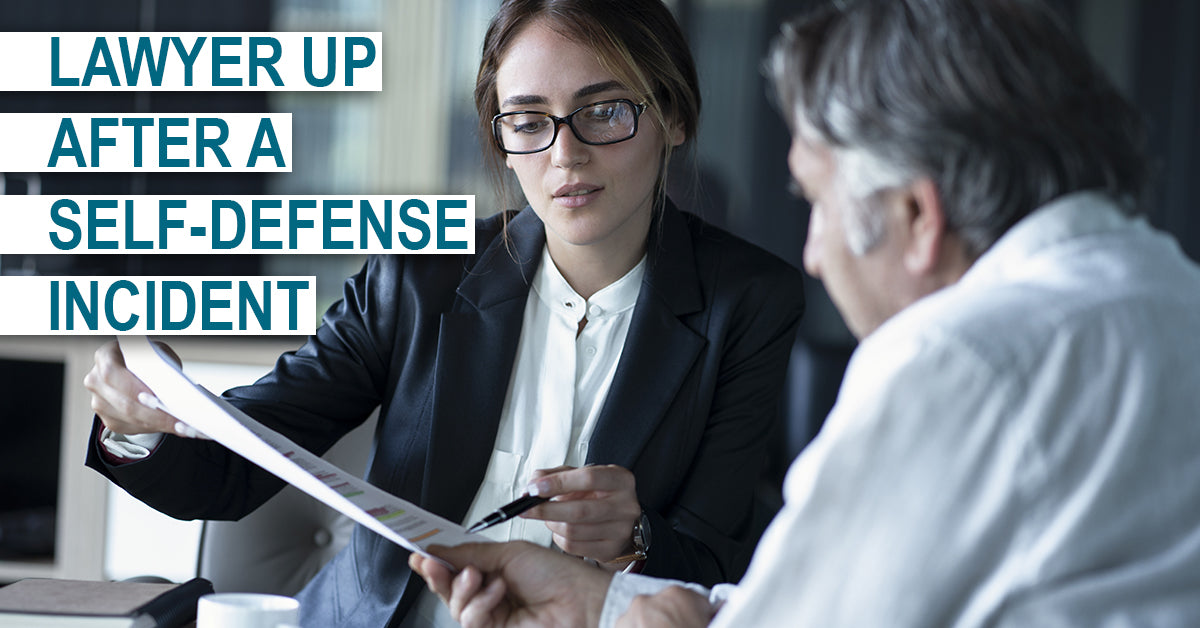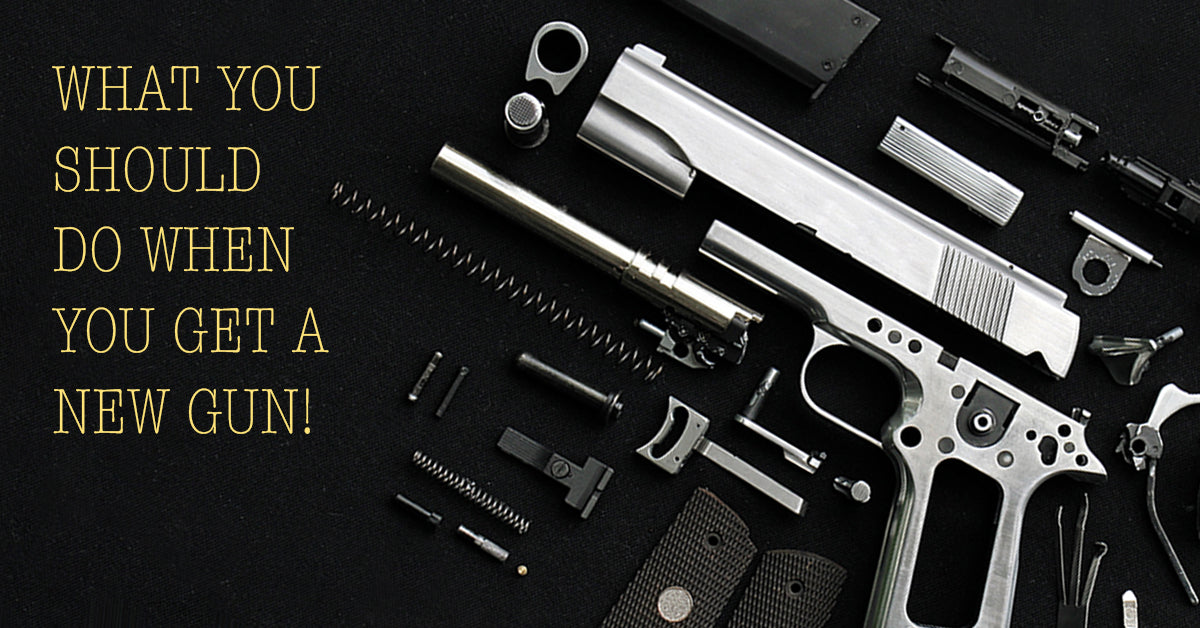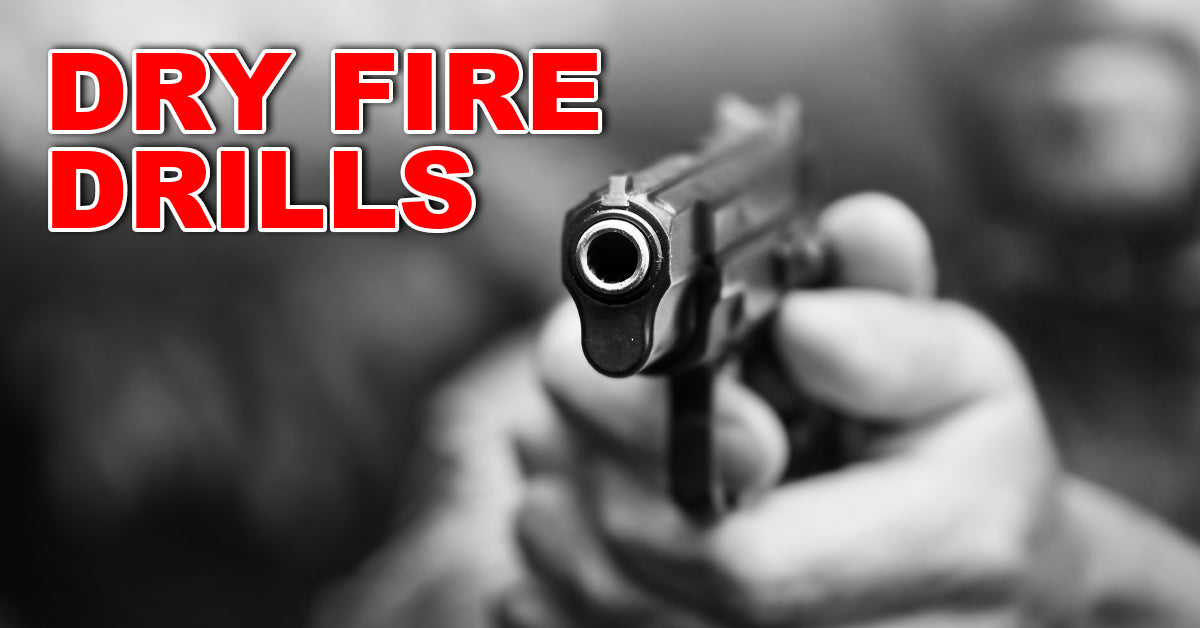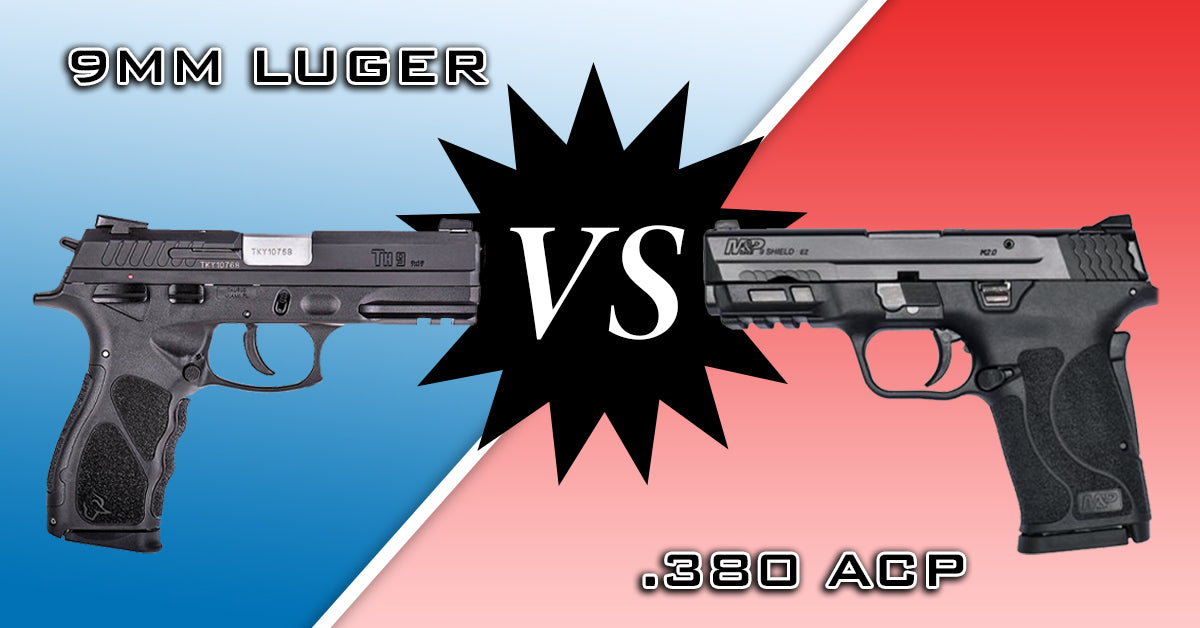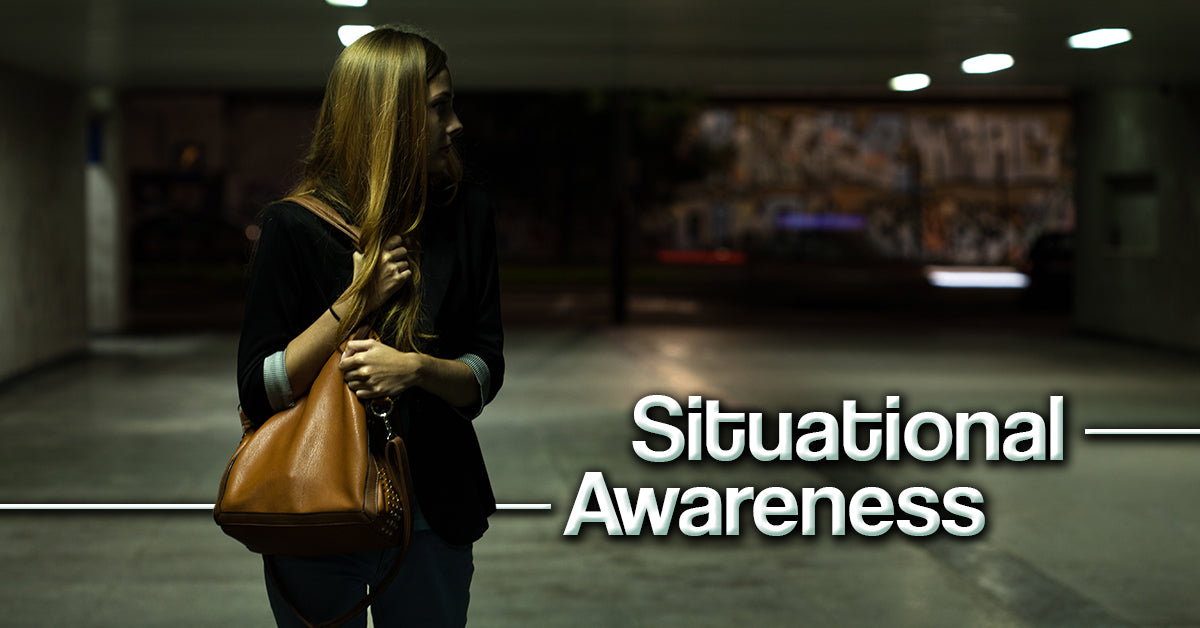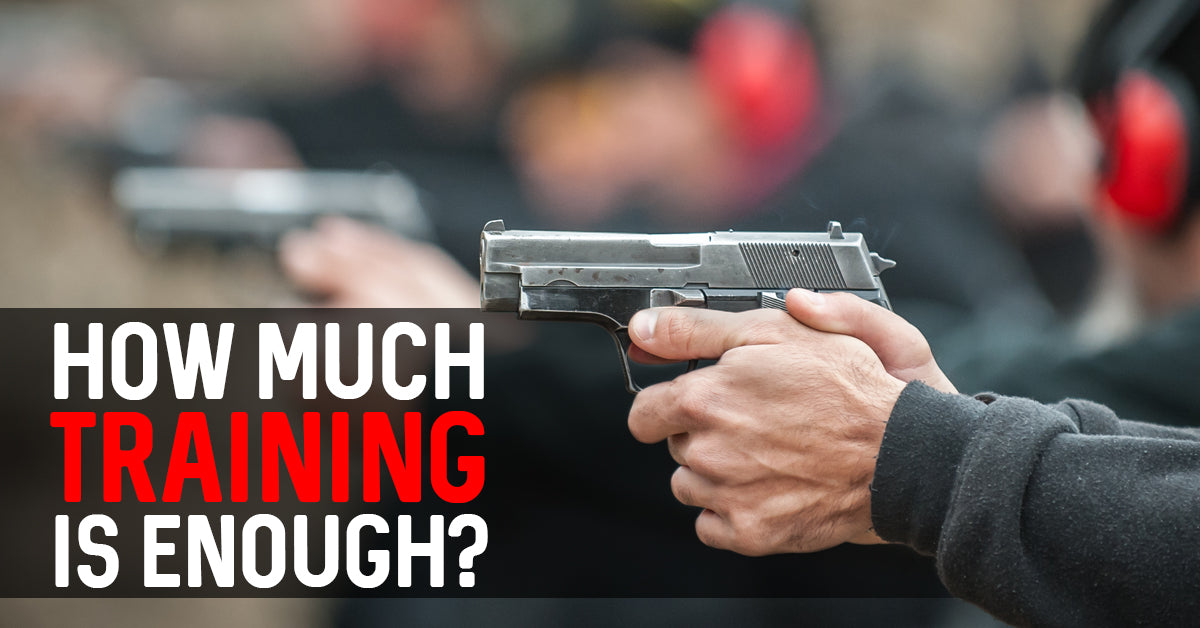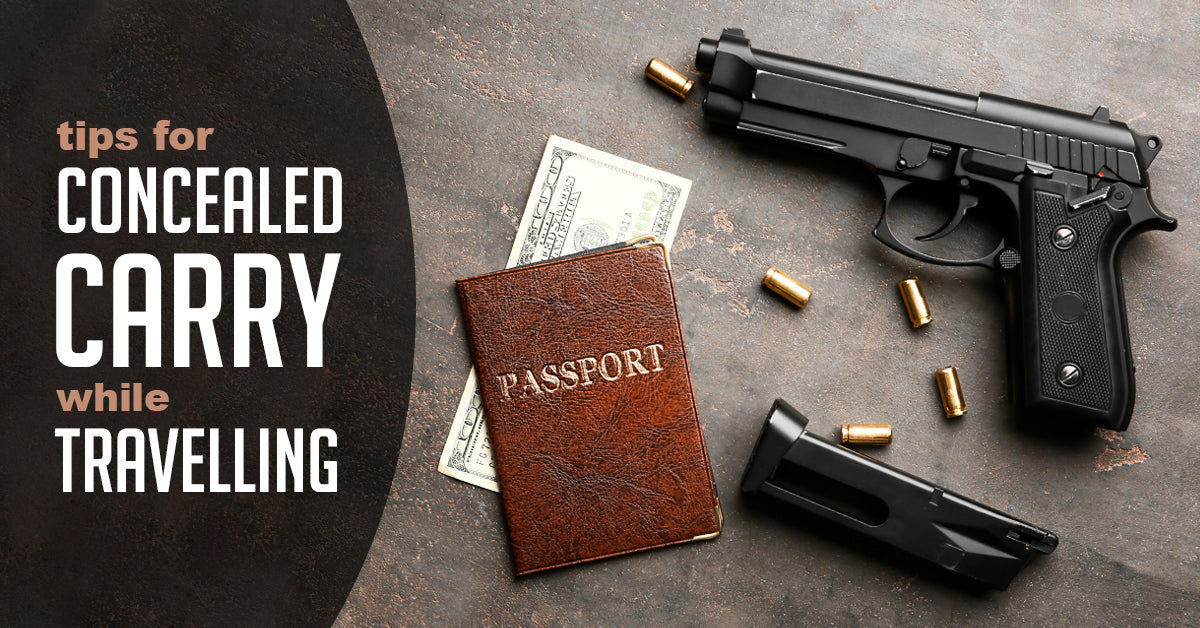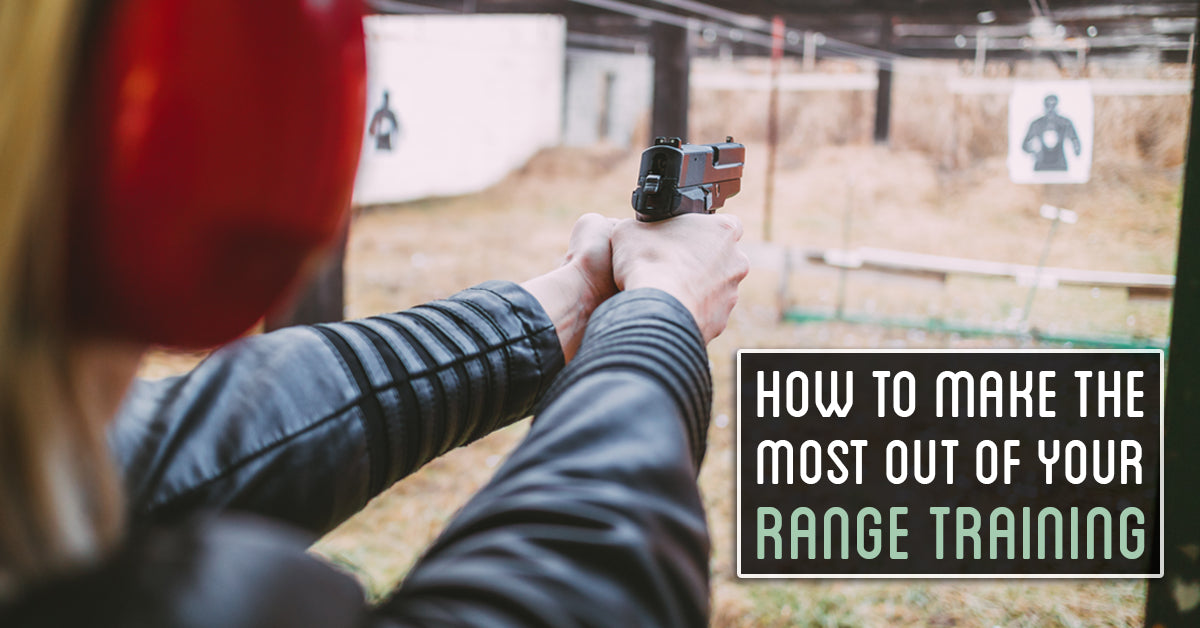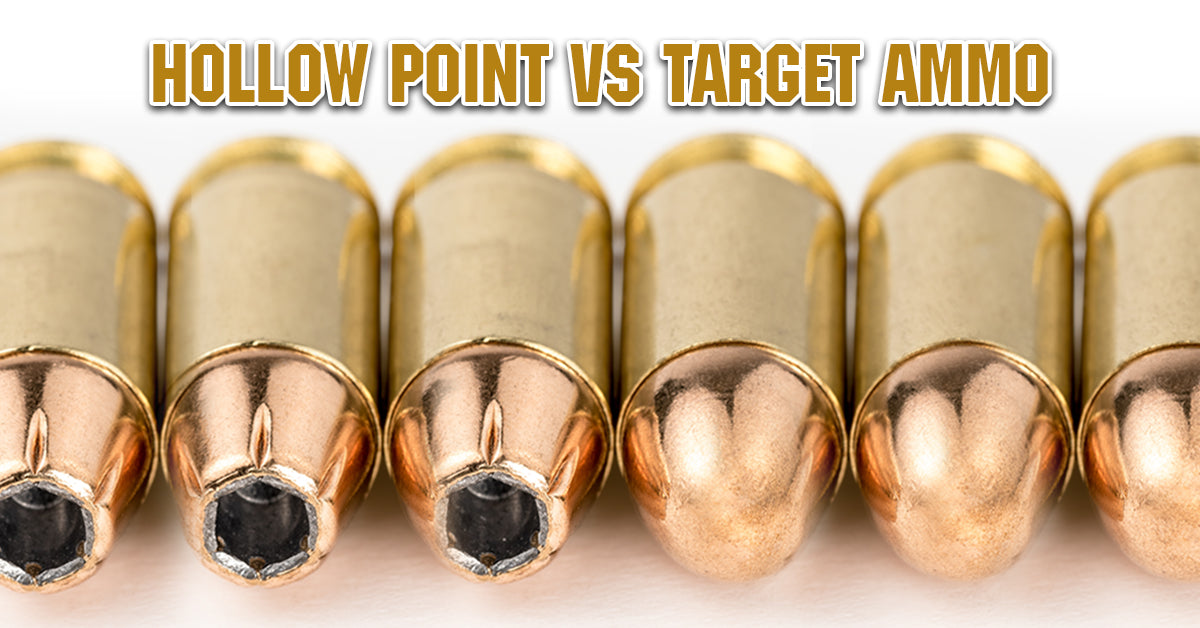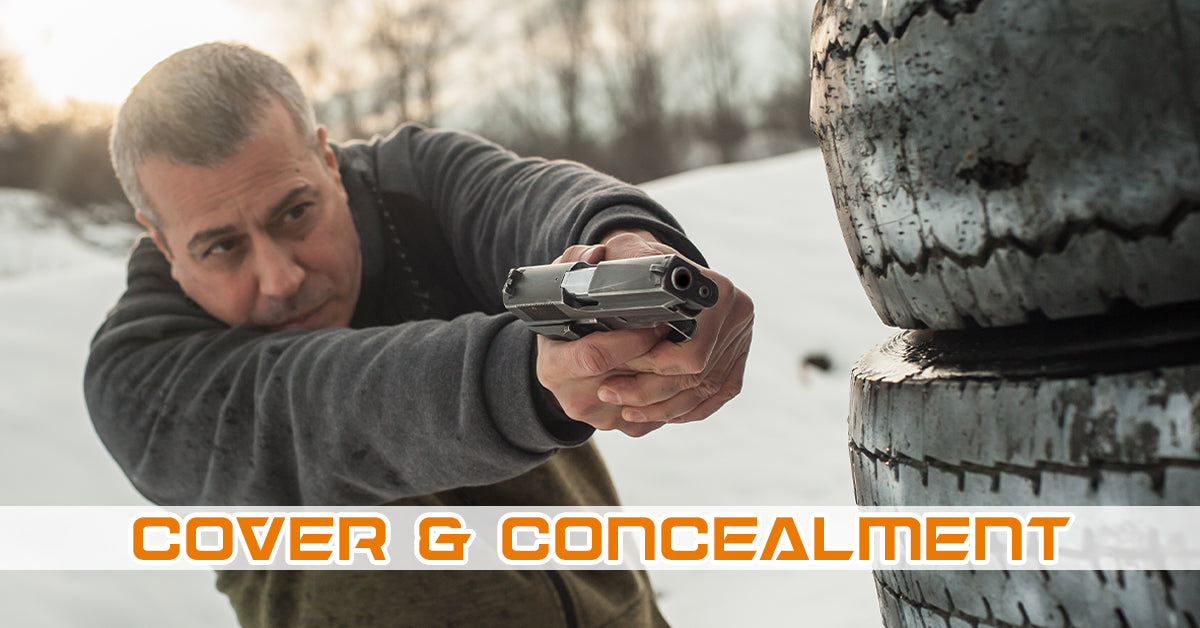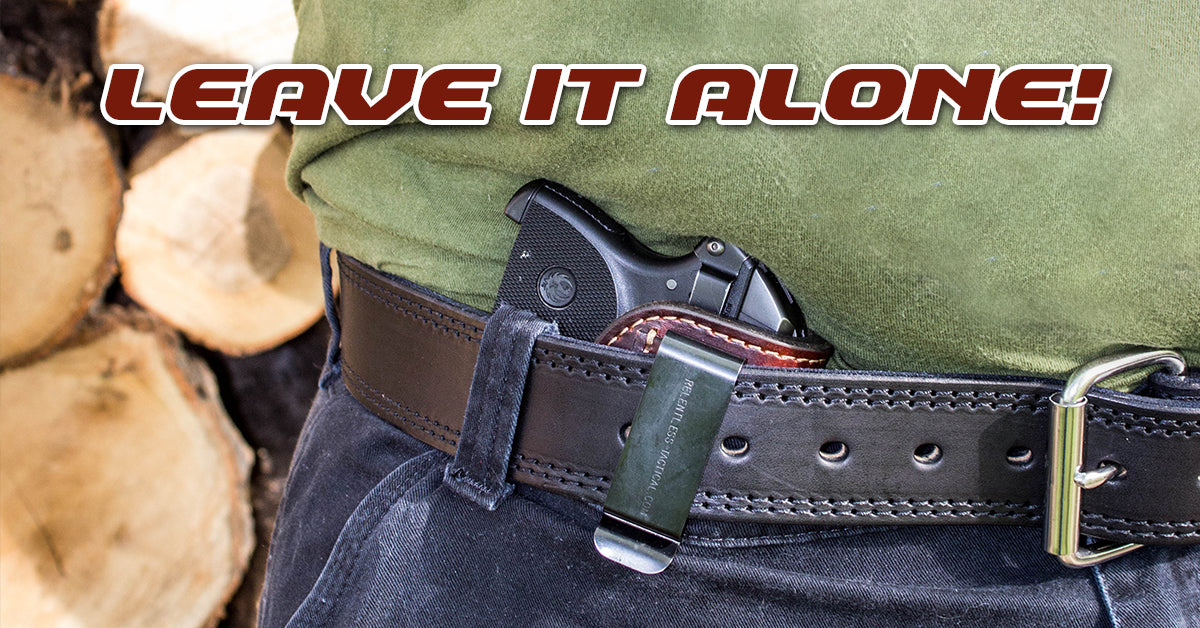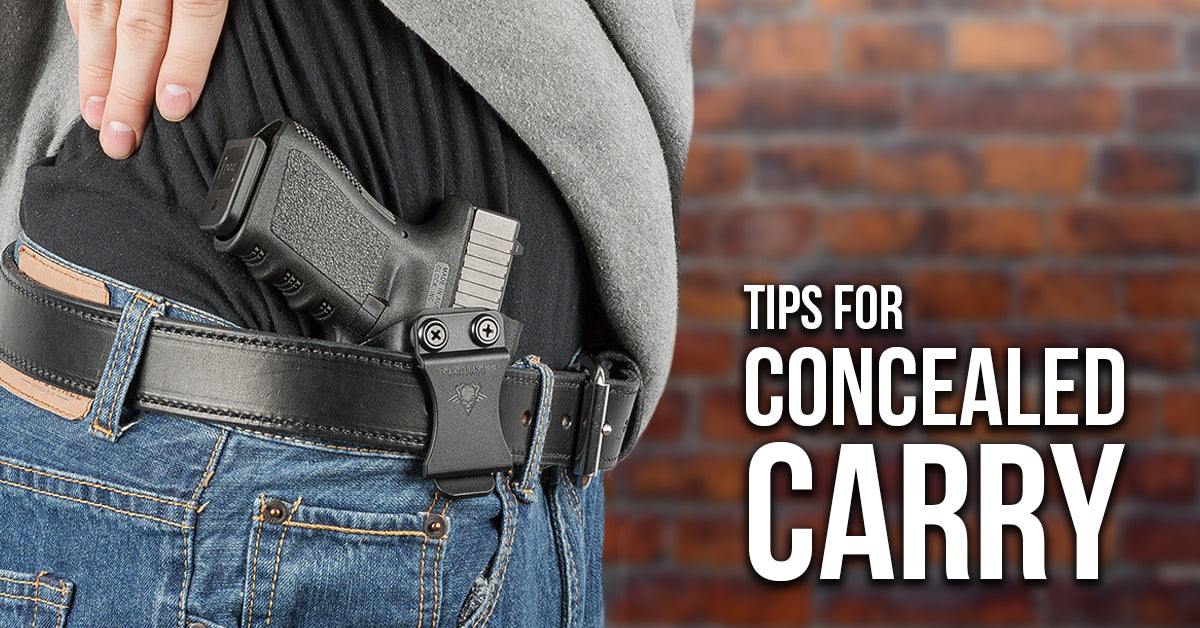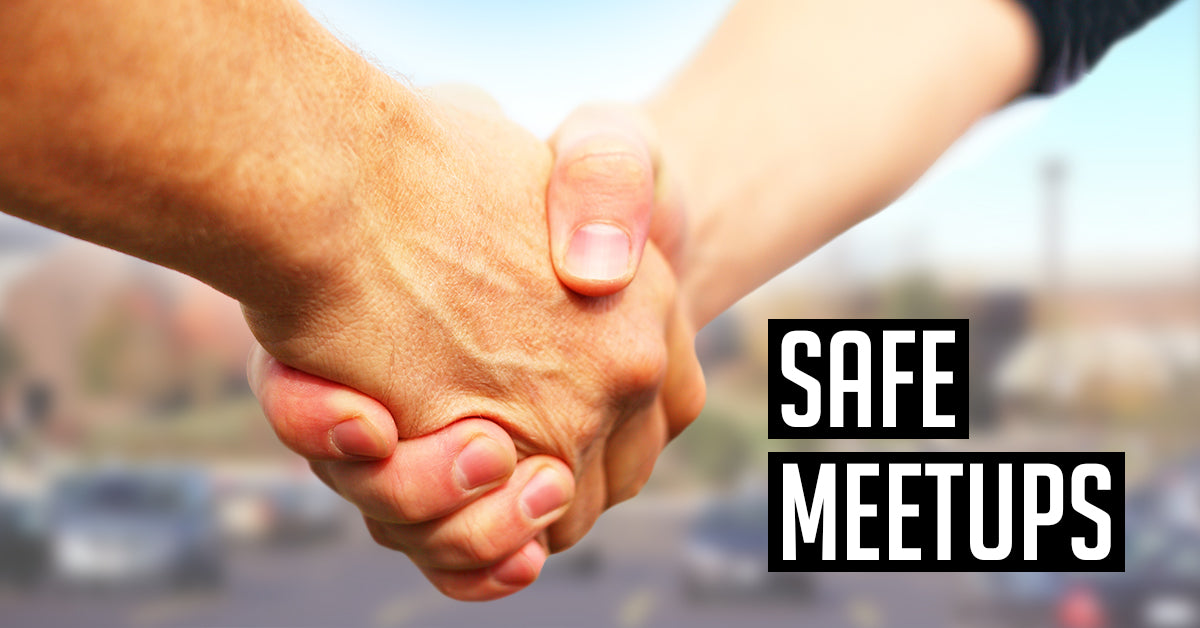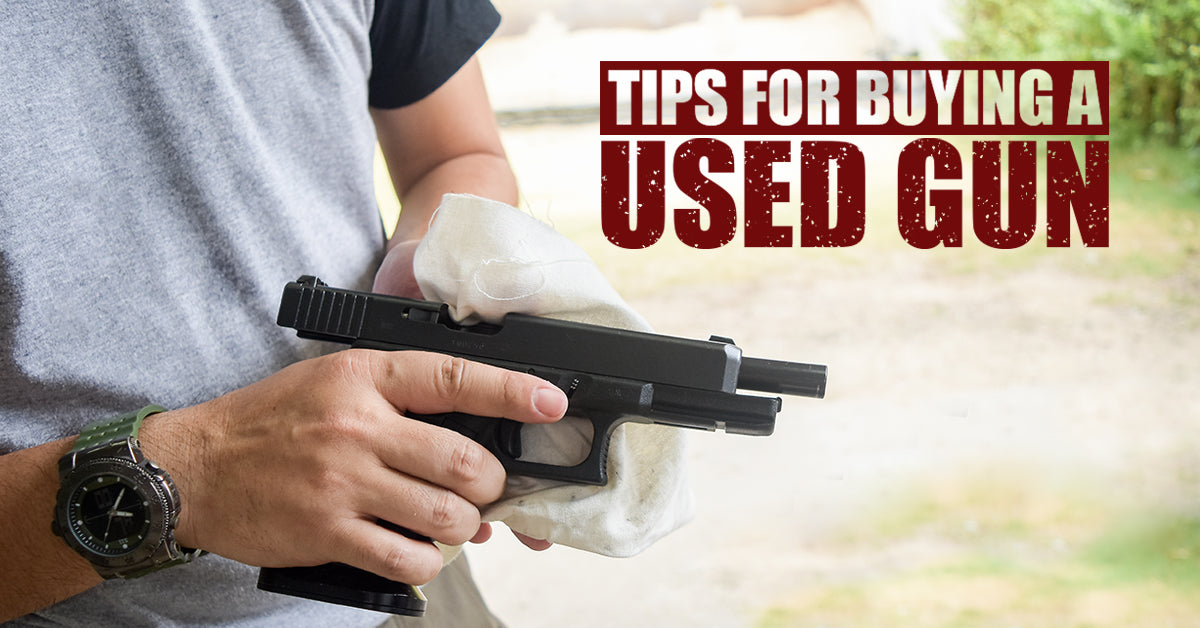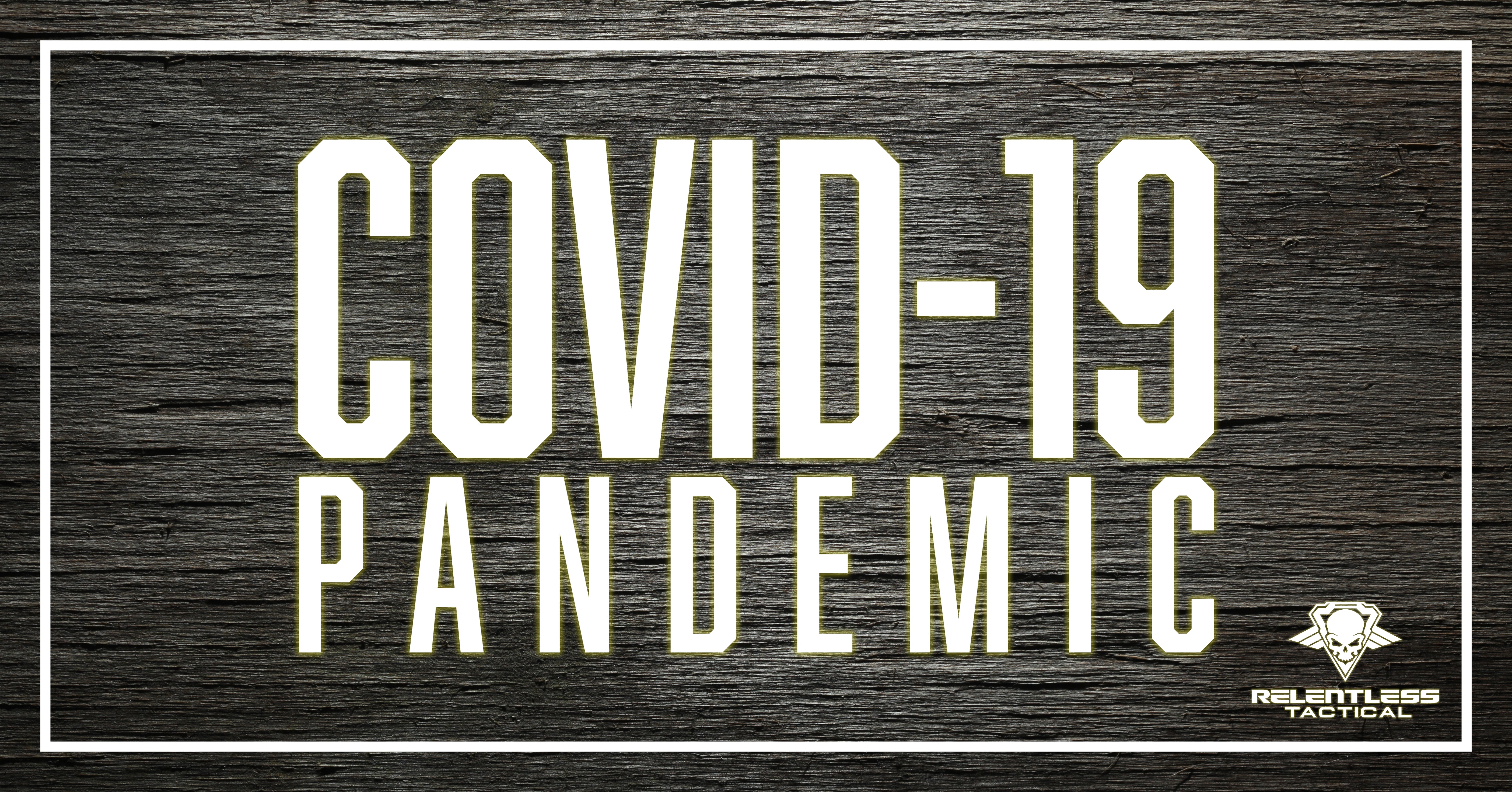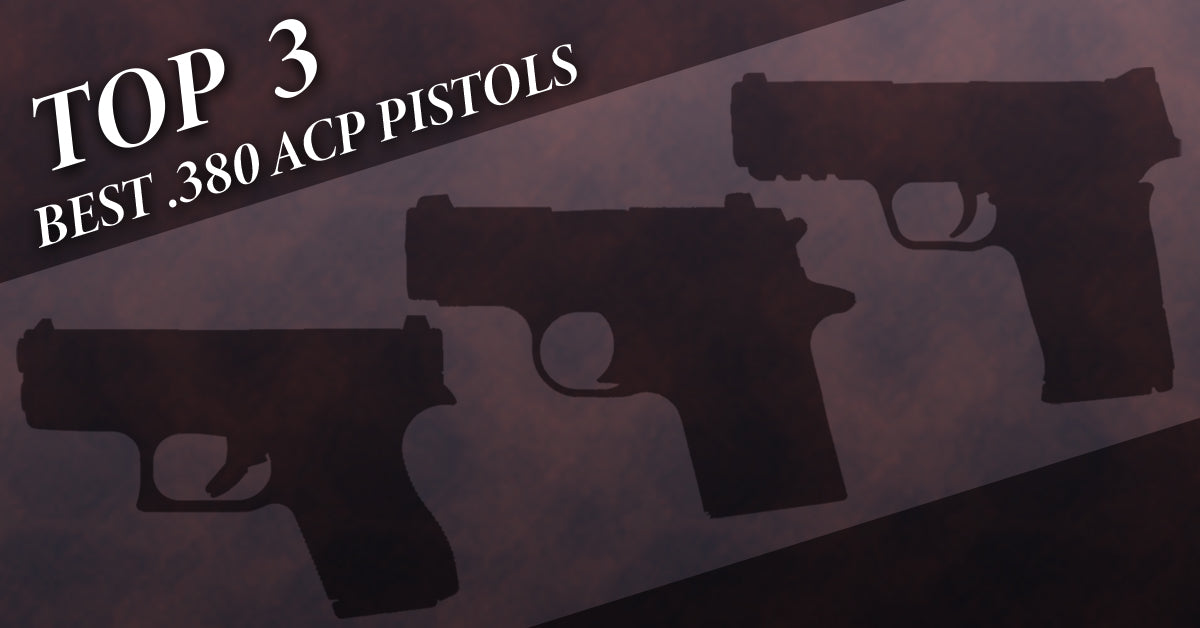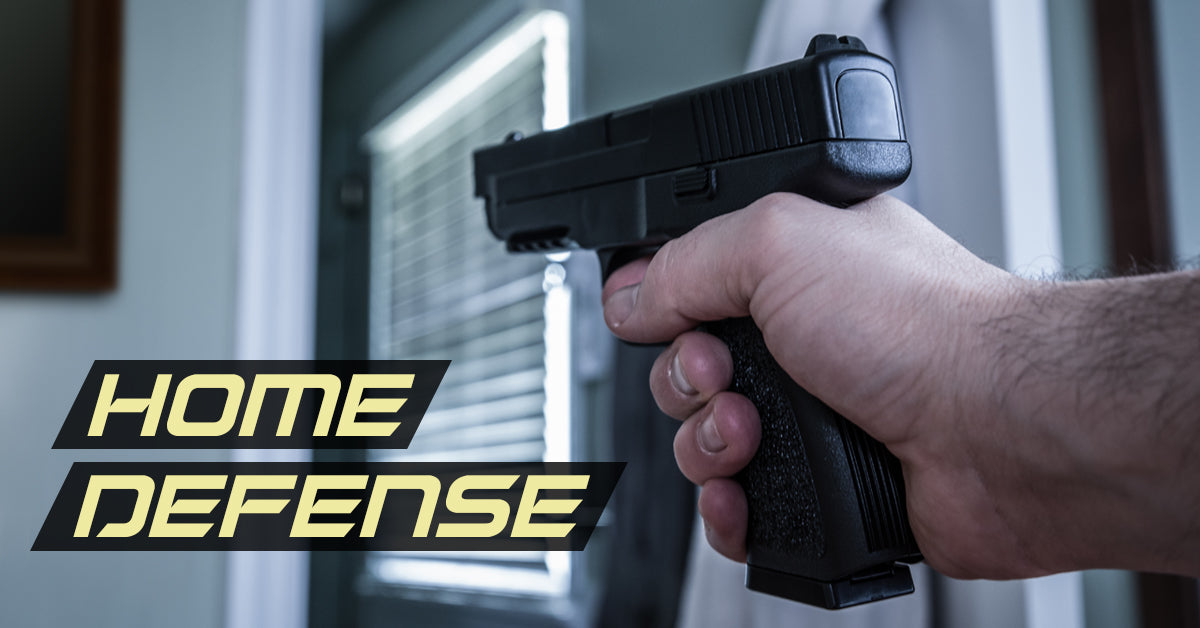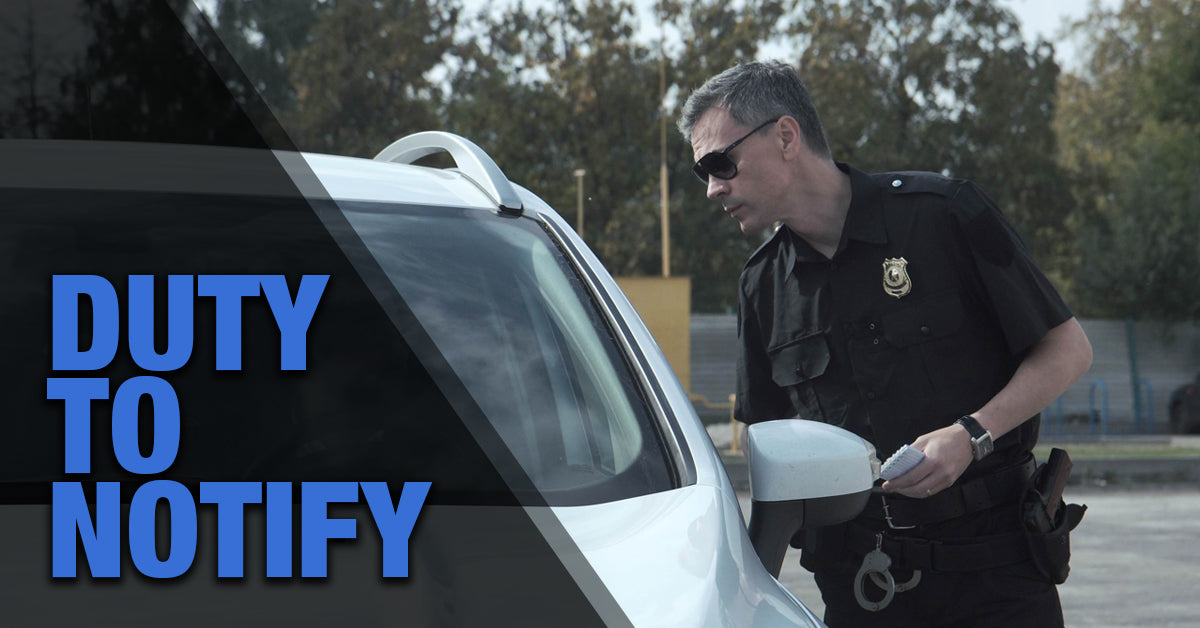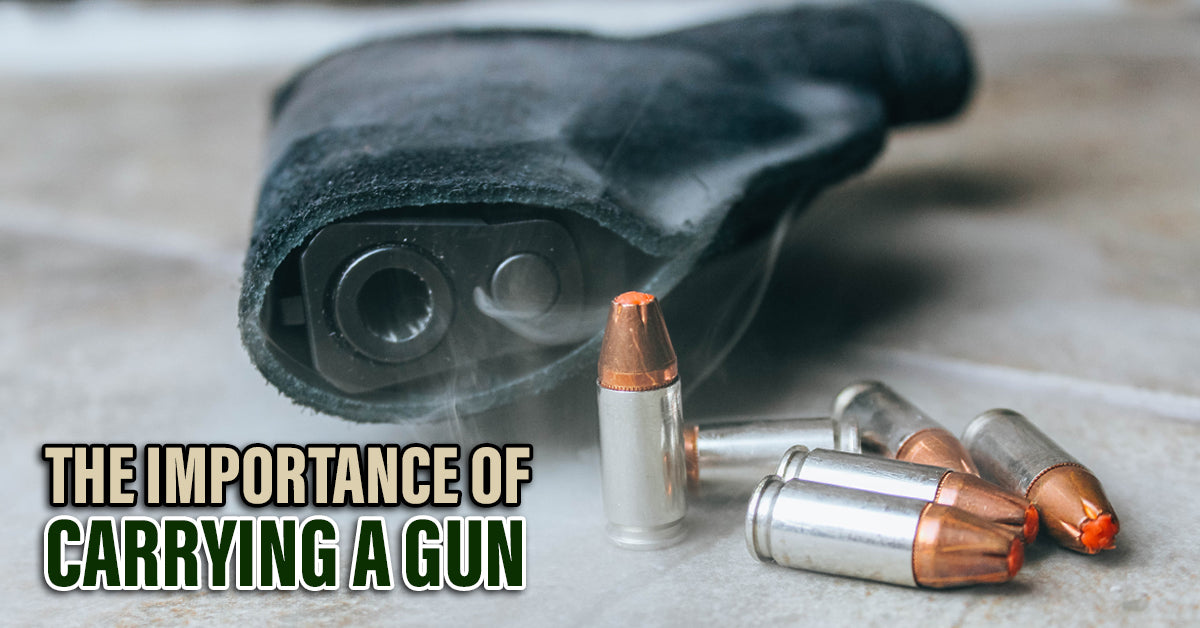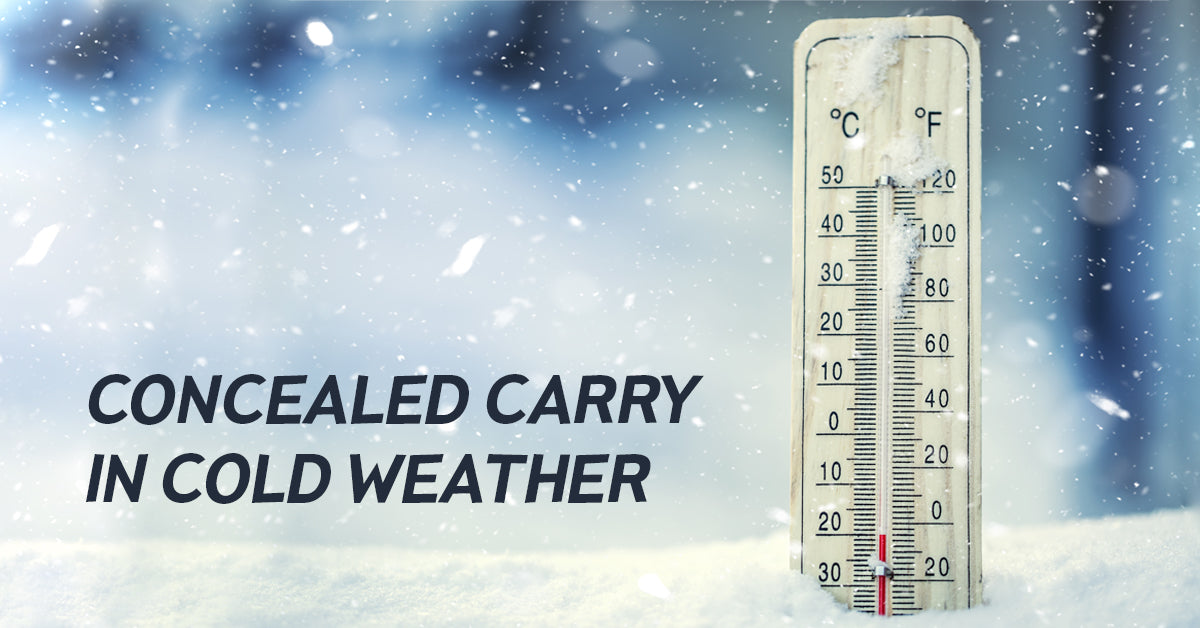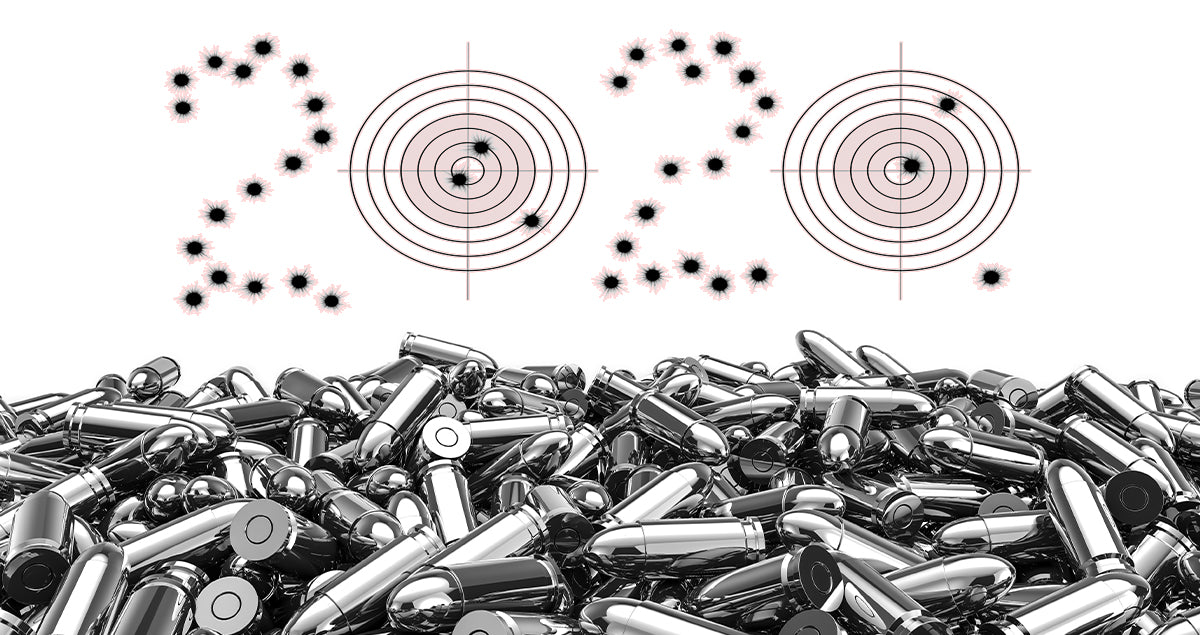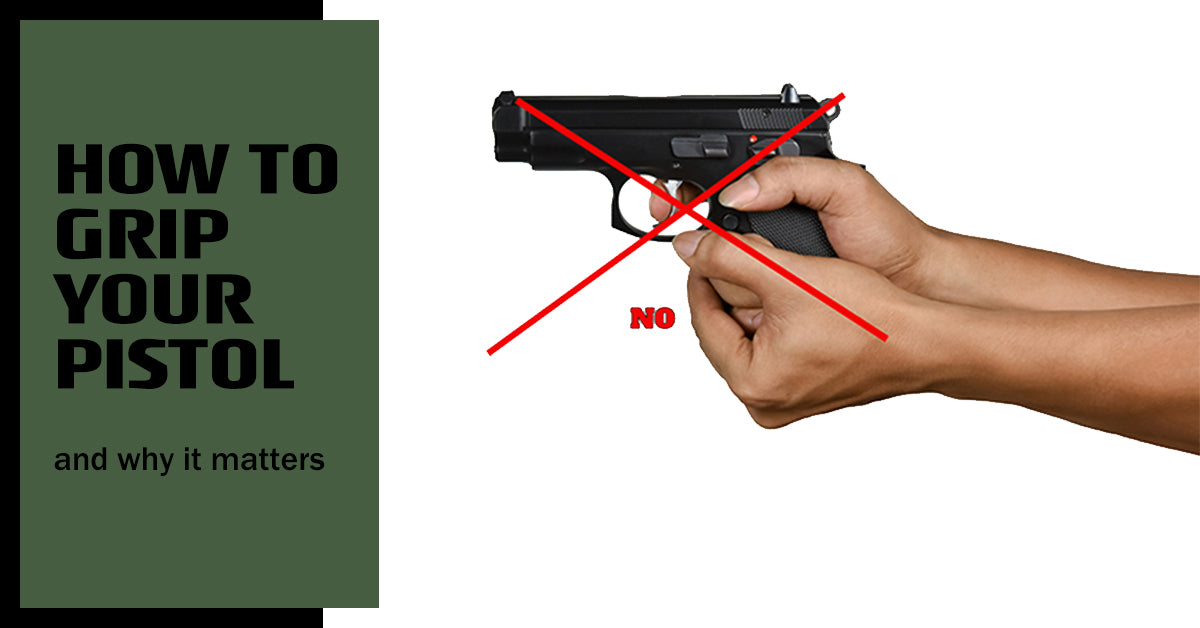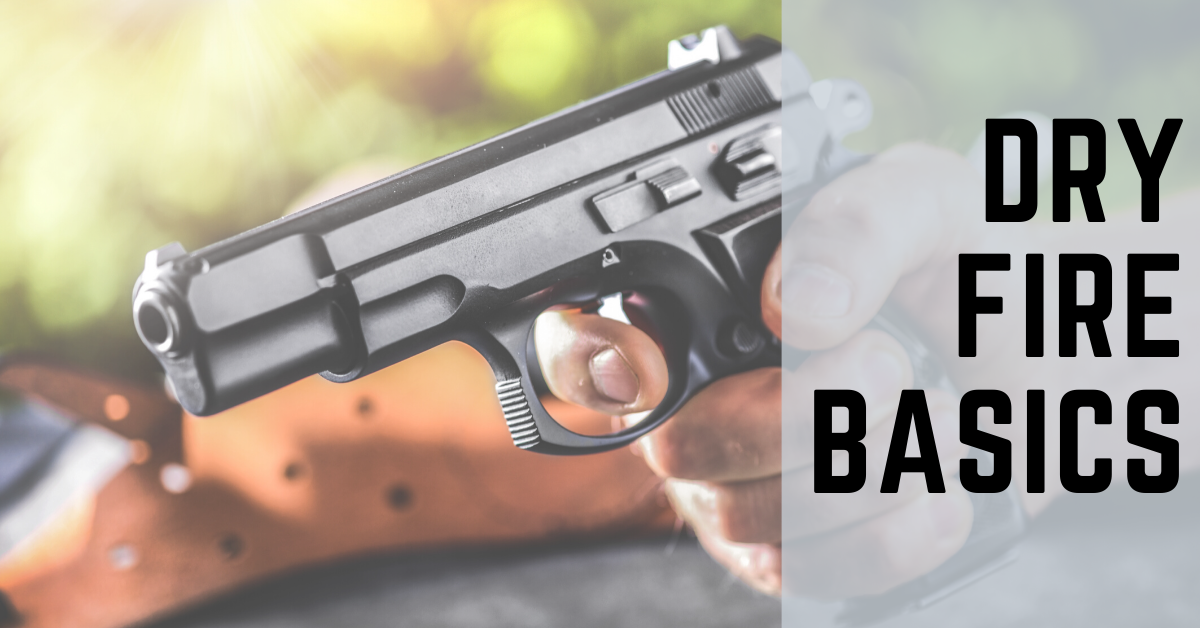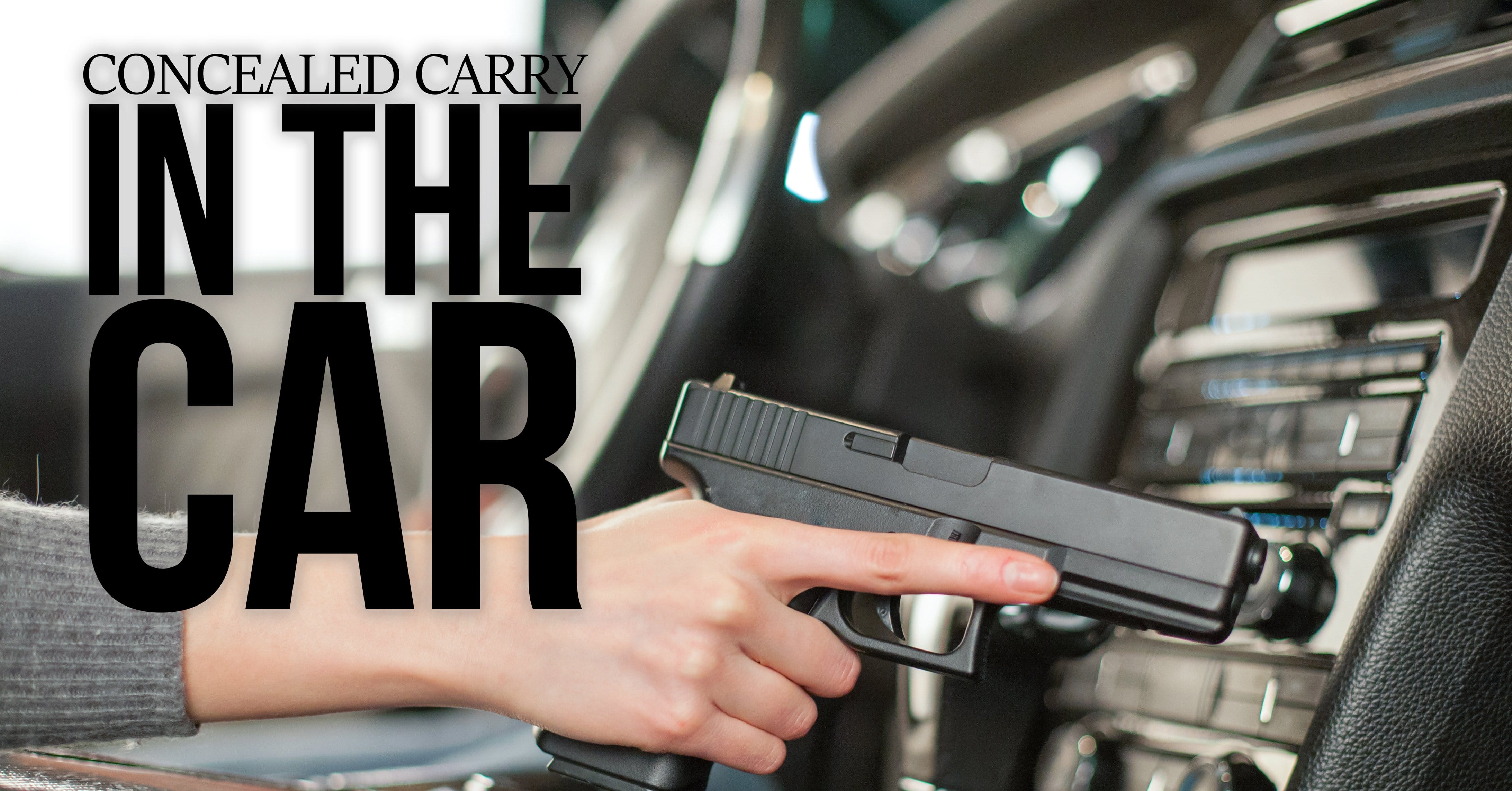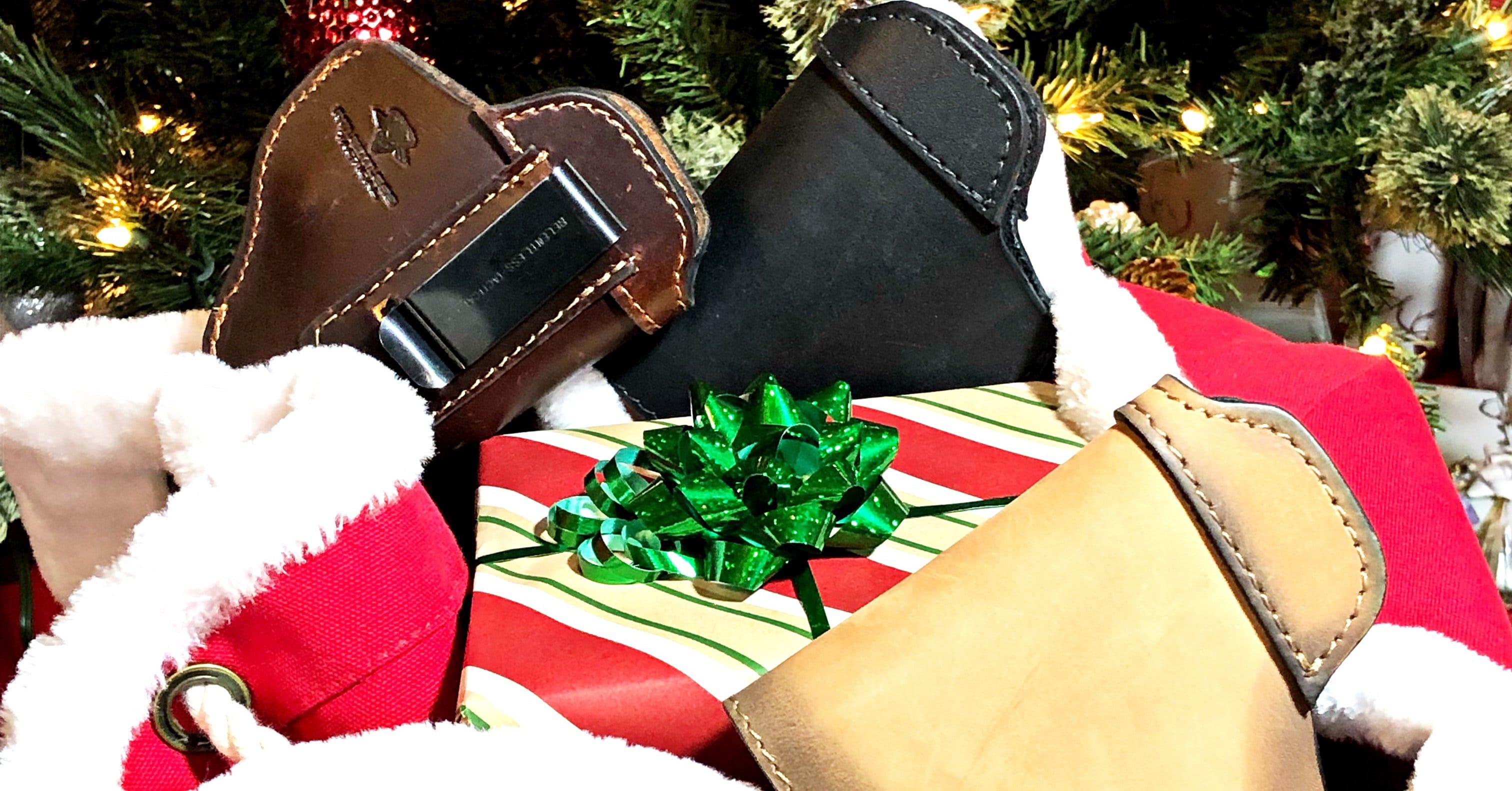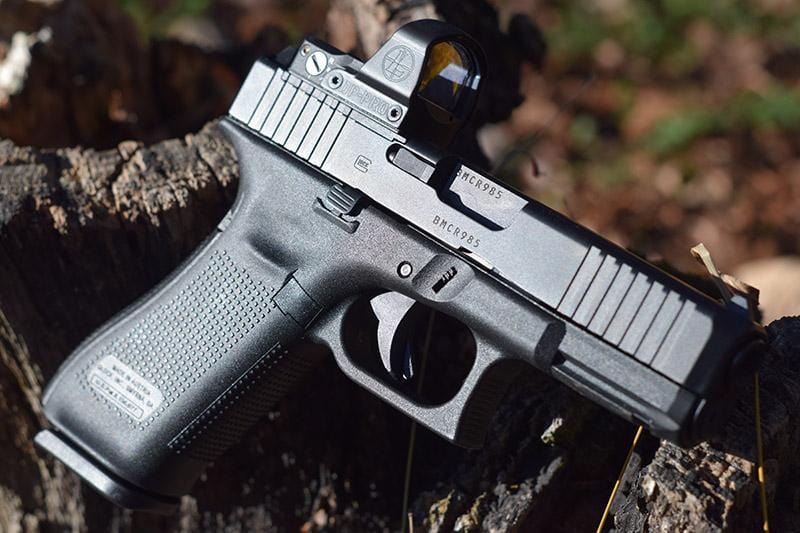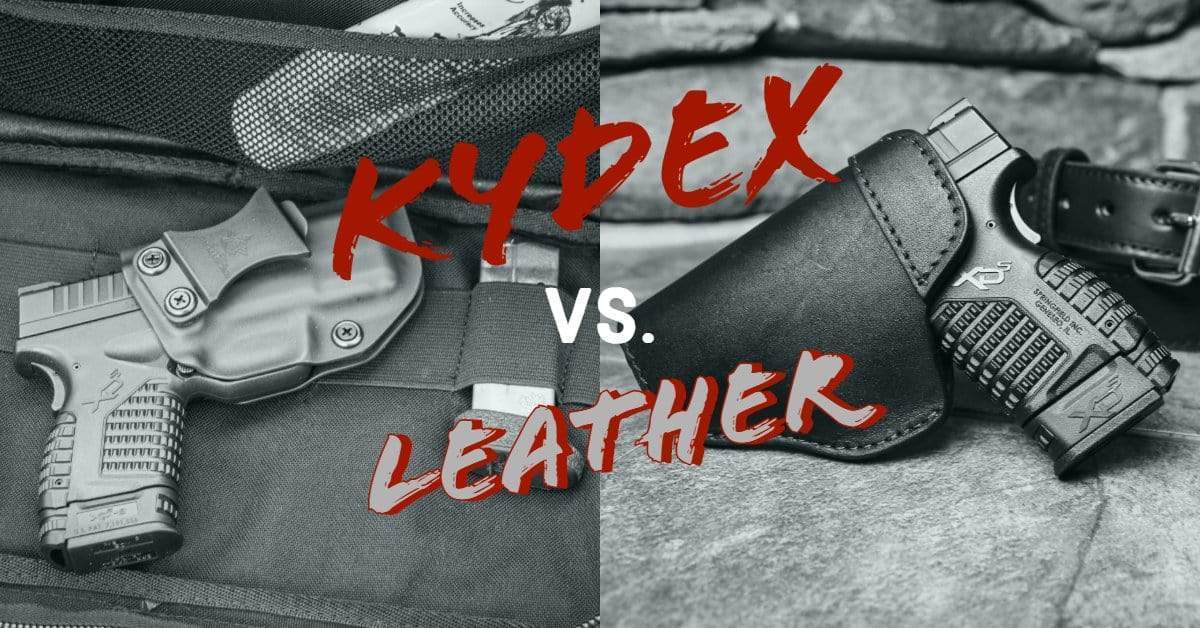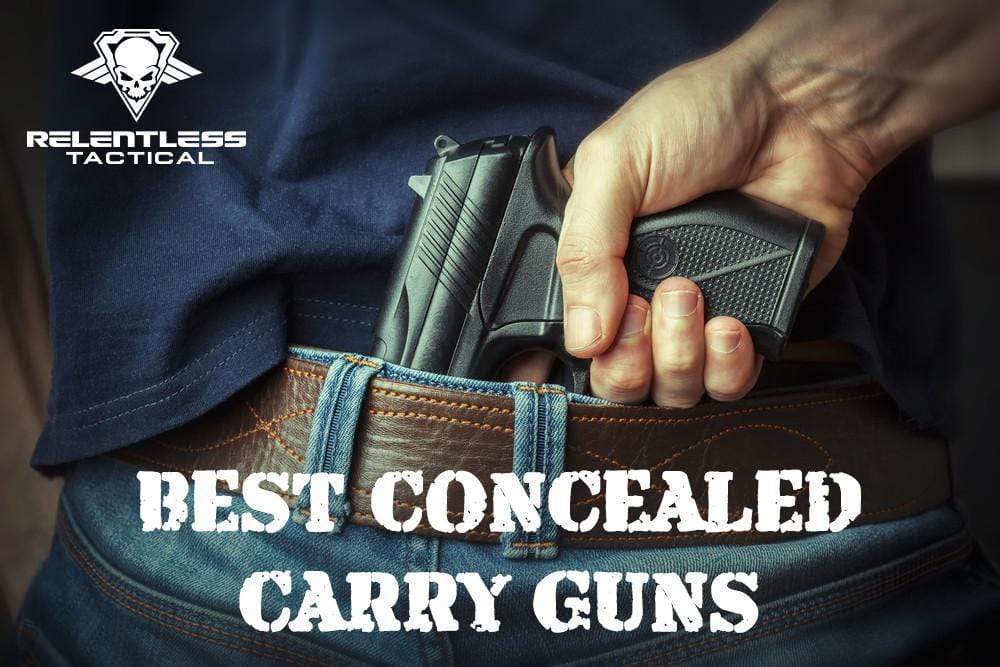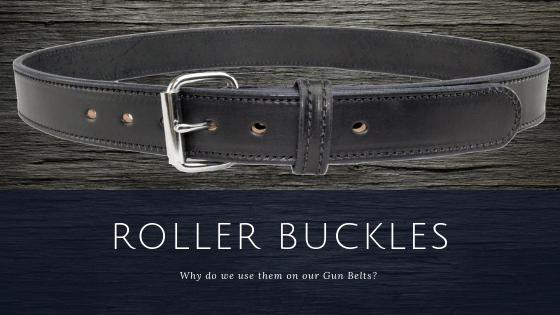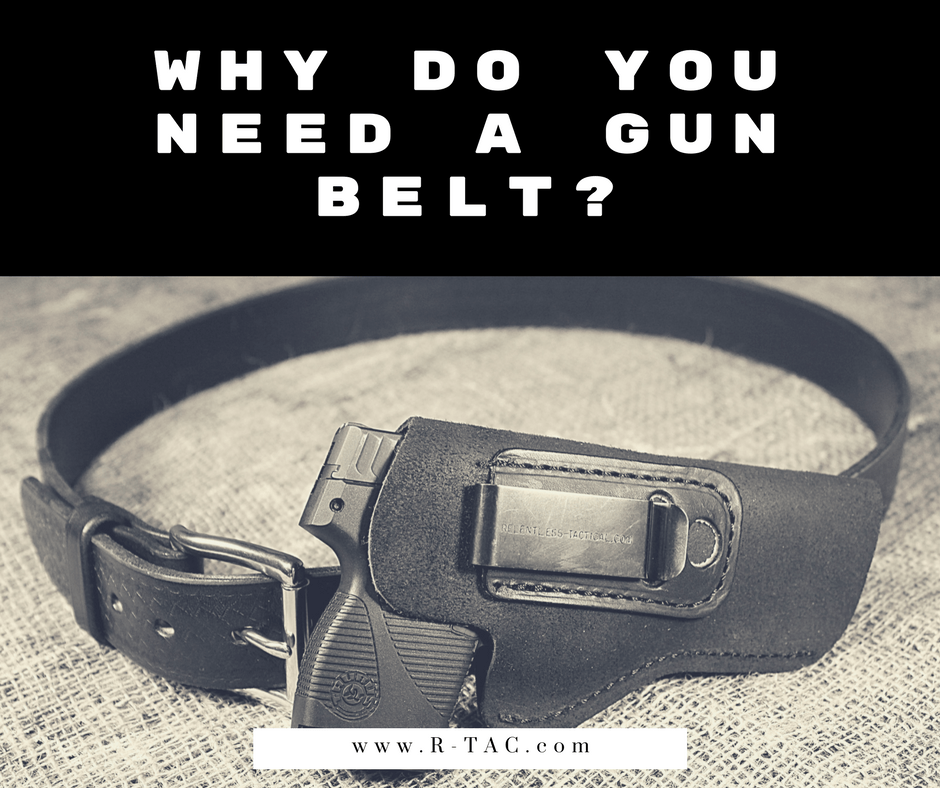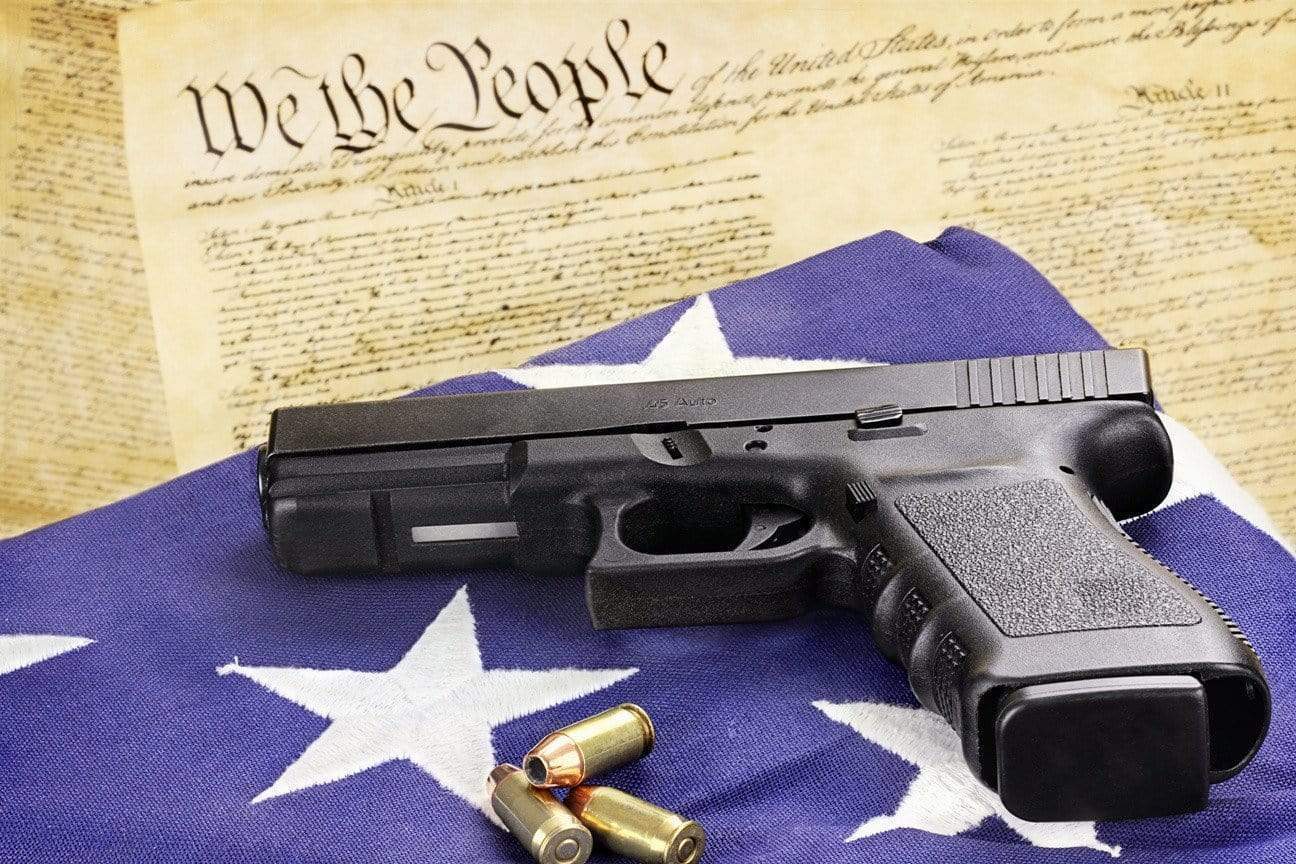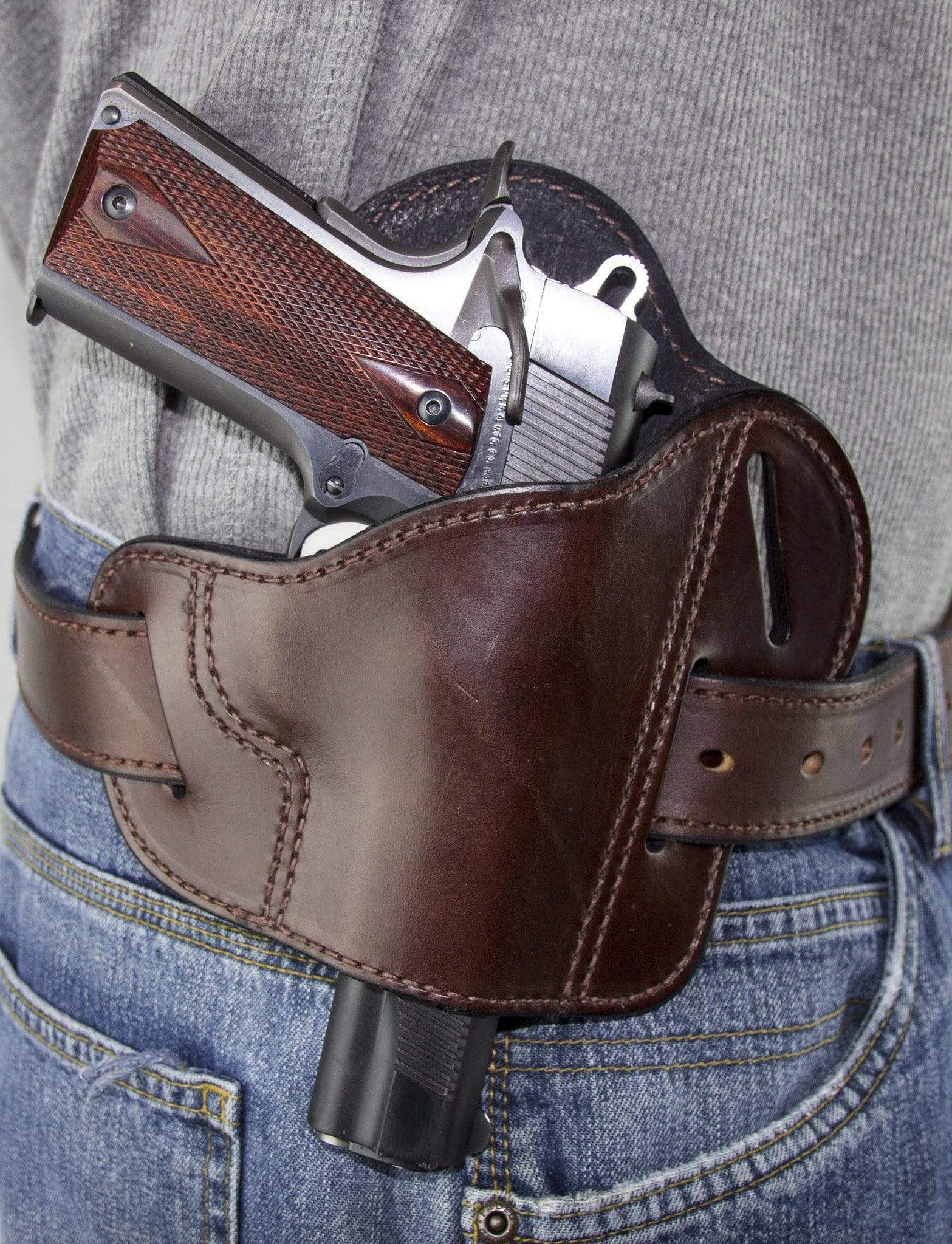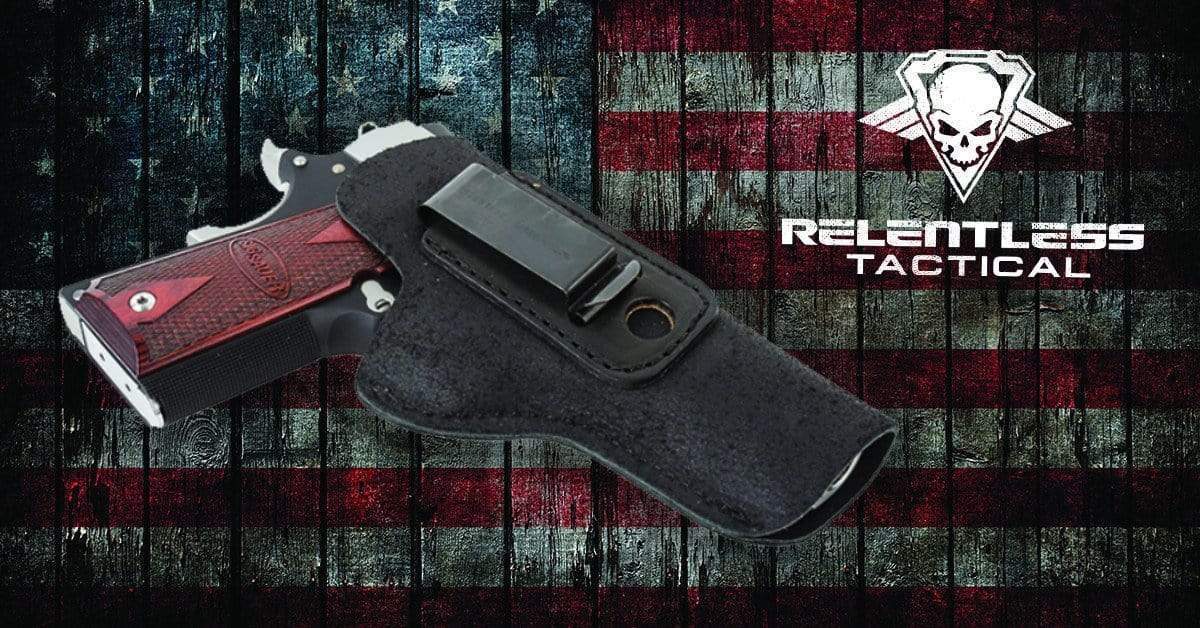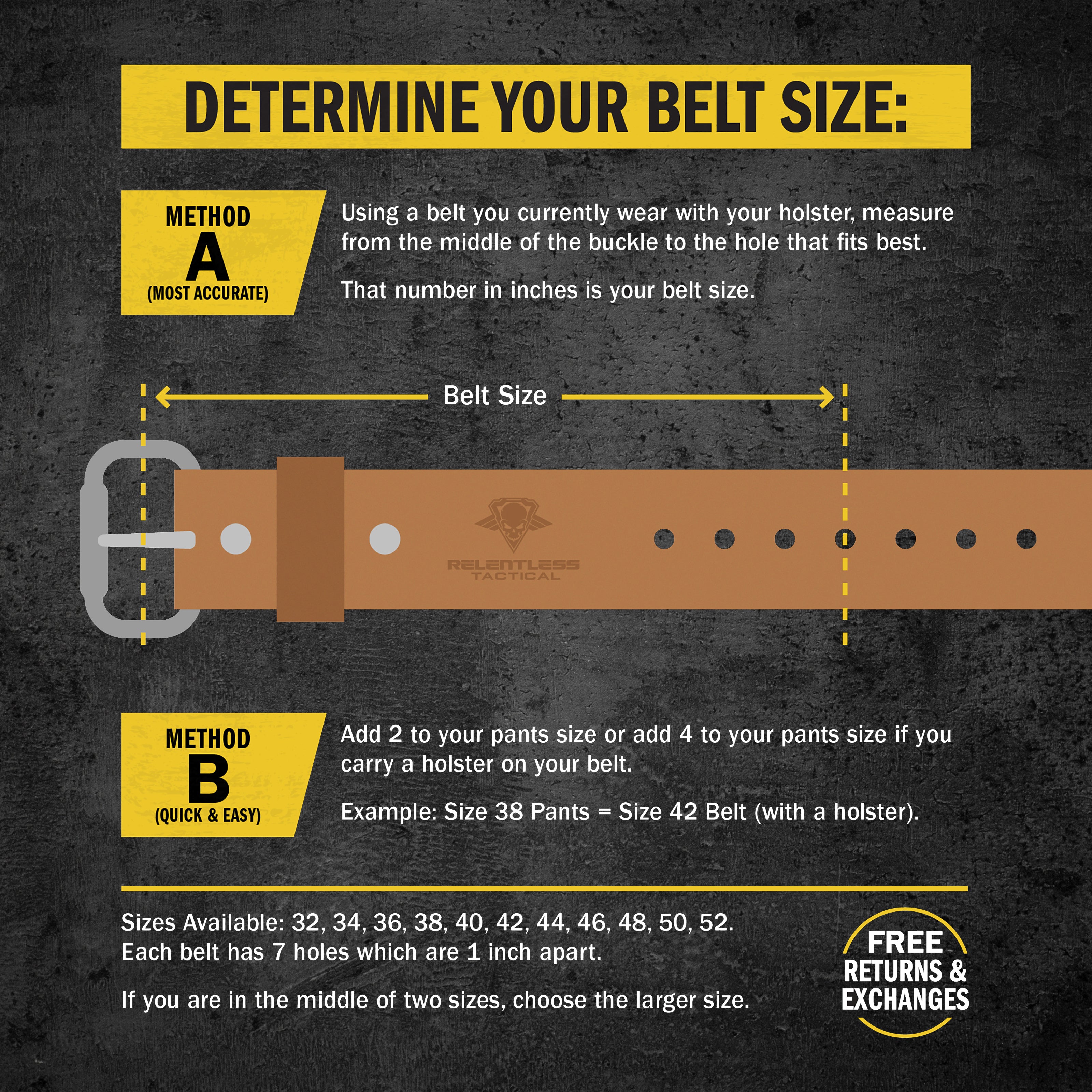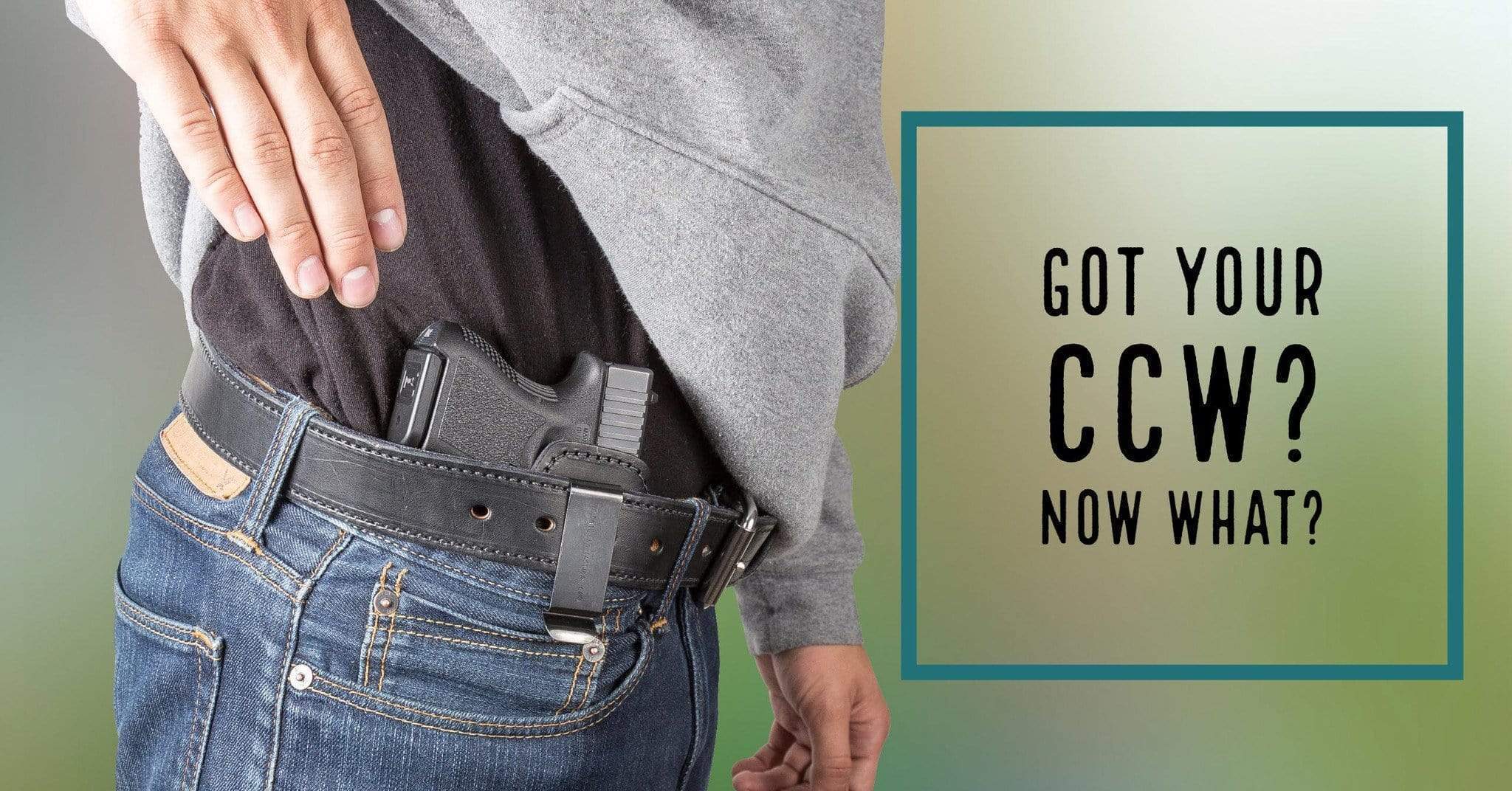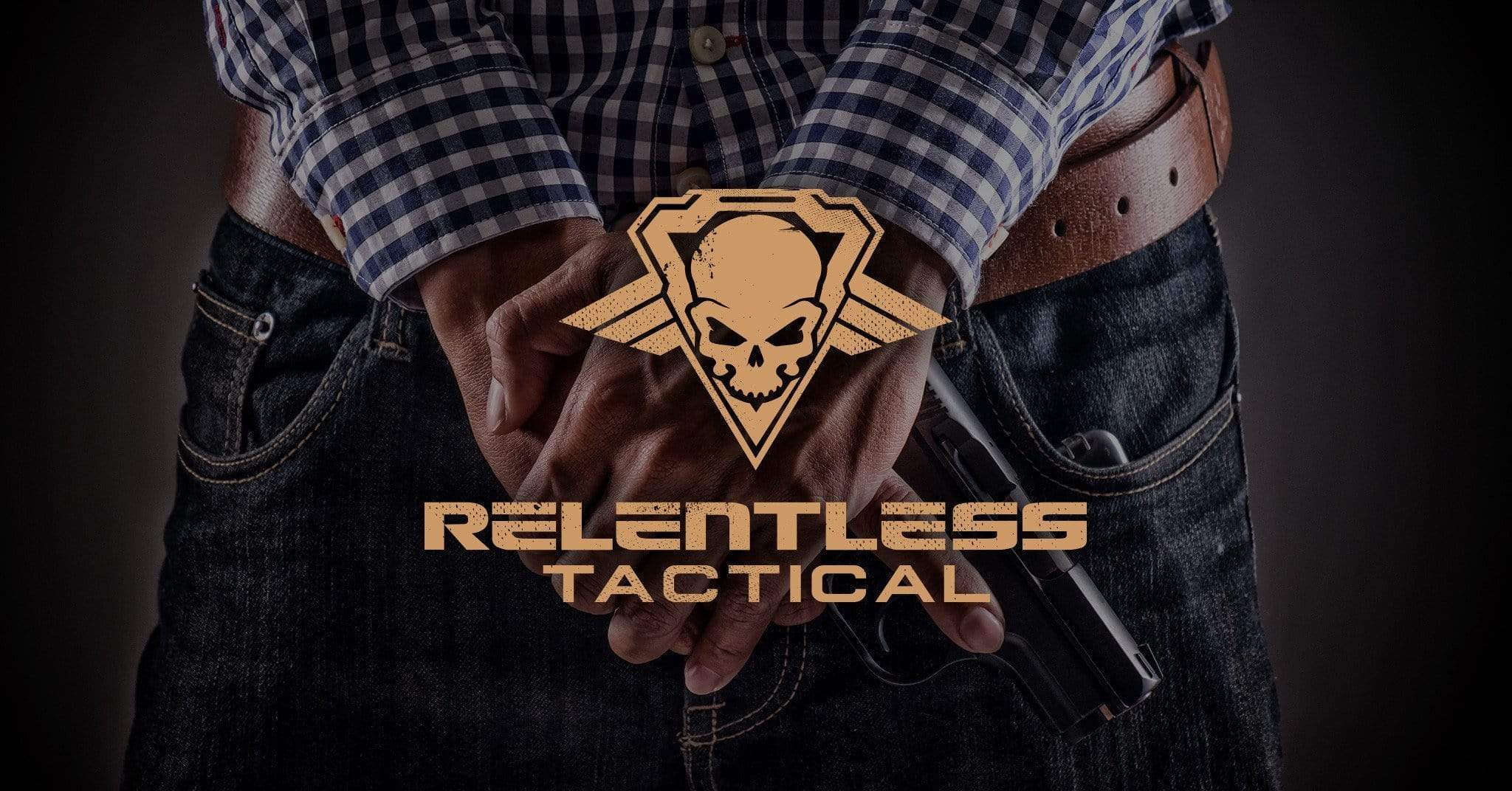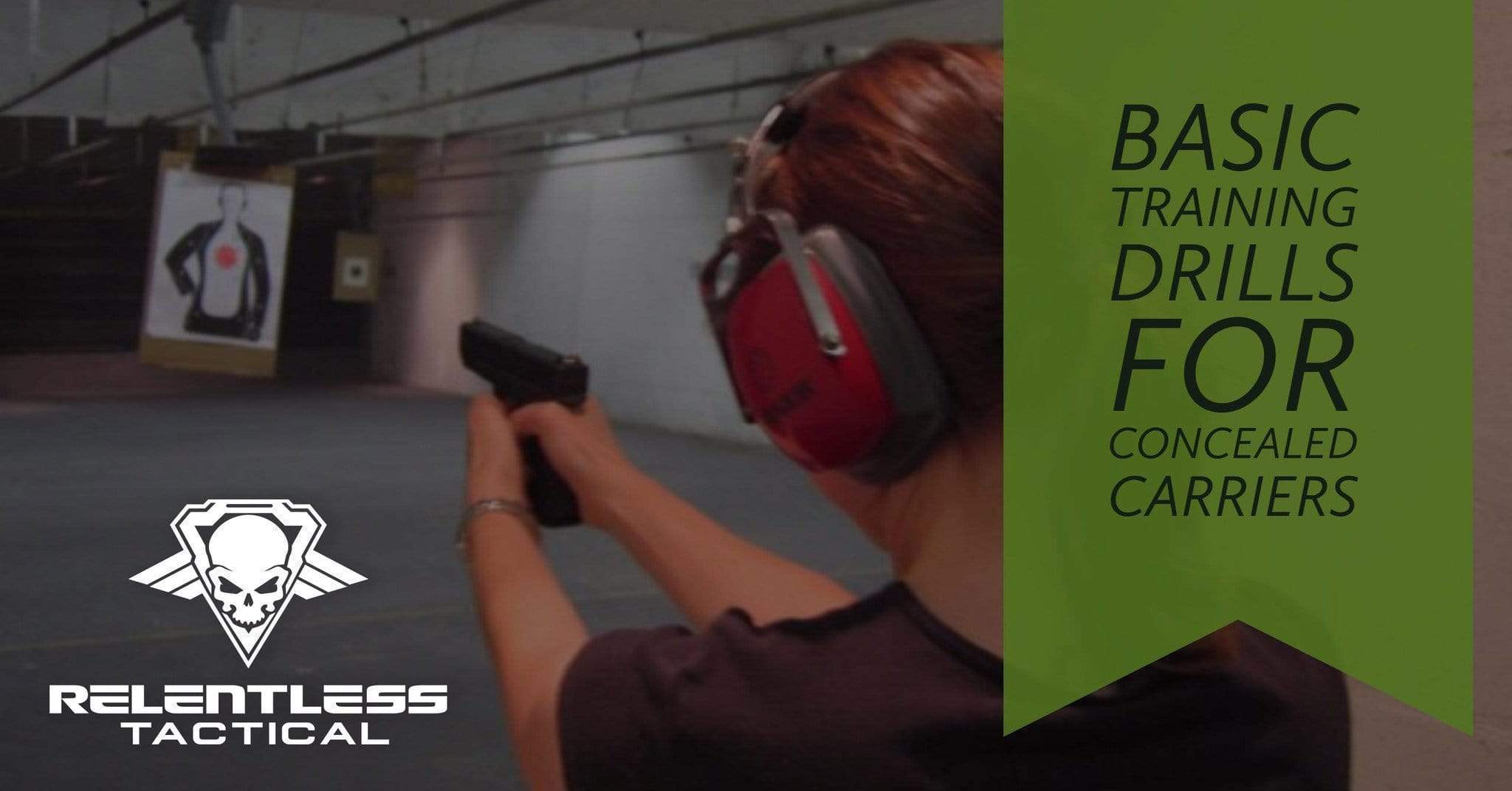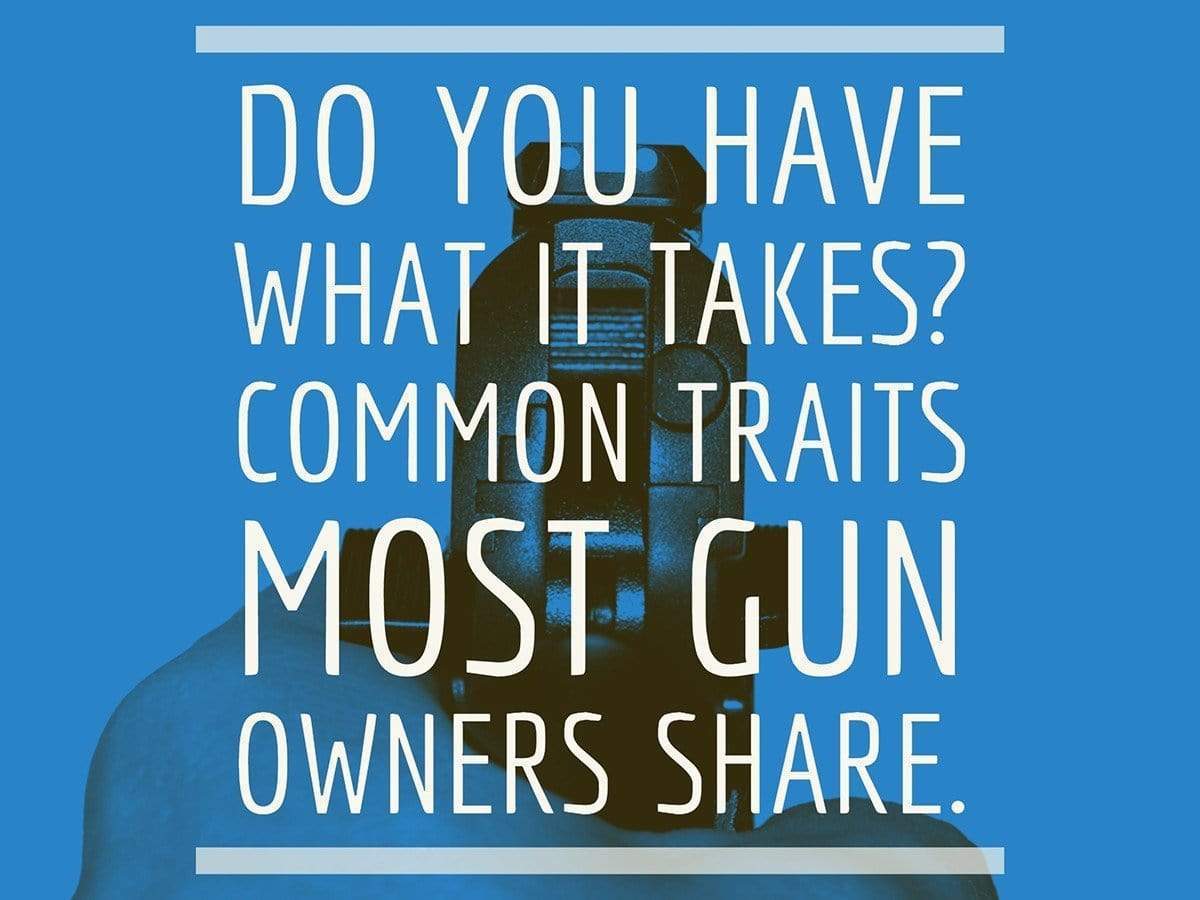Should You Carry With One In The Chamber?
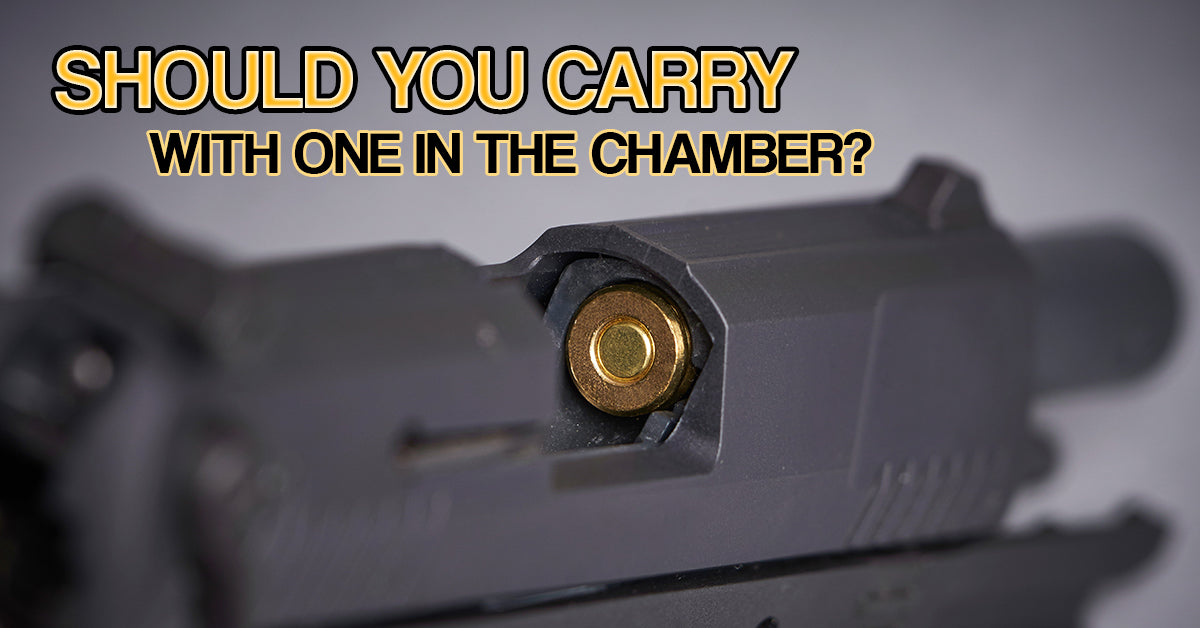
Why You Should Carry with A Chambered Round
In the world of concealed carry, there is quite a bit of debate as to whether one should carry a handgun with an empty chamber or with a round in the chamber. Some folks would have you believe that to carry a round in the chamber is unsafe and that an individual who does so is just inviting disaster, they would have you believe that the weapon in question is capable of bypassing all of the built in safeties and discharging a round all by itself.
This article is written to hopefully dispel those misunderstandings and to give the reader insight on why you should never carry a weapon without a chambered round, regardless of whether the firearm in question is equipped with a manual safety. We will discuss the physiology of what actually happens when you are confronted with a threat, the many options for concealed carry and why they are expressly designed to be carried with a round in the chamber, and the things you can do to ensure that when carrying a concealed firearm you are not a hazard to yourself or those around you.
Physical Response to a Threat
Have you ever been faced with a threat, be it real or imagined, or have you ever been scared or frightened so badly that you momentarily lost the ability to think rationally? Maybe you’re afraid of the dark, or afraid of heights, or perhaps during that trip to the haunted house something jumped out at you and startled you enough that you jumped back without even thinking about it. That is known as the “fight or flight” response and it is built into our DNA going back to a time when things were not so civilized in our world, from a time where humans were nowhere near the top of the food chain.
Fight or flight is the name given to what our body does to prepare us to either fight an unknown danger or to flee from that danger, it is the body's automatic response to the stimulus of fear or anxiety that manifests itself in a physical manner such as tense muscles and rapid heartbeat. It is the human body's primeval survival systems kicking in to hopefully keep us from assuming room temperature.
Unfortunately, the built-in system that is designed by nature to keep us alive can also rob us of our ability to stay that way because of the physiological effects of `fight or flight”. The release of hormones and adrenaline that kicks in when we are startled or threatened can often work against us. The increase of our breathing and heart rate is designed to pump lots of oxygen rich blood to our muscles to prepare them for exertion and our muscles automatically become tense and primed for action, which results in trembling that can become an impairment to our fine motor skills. Keeping a calm concealed carry mindset is key in these situations.
The Tools of Survival…
In the case of a life-threatening encounter with a predator, whether it be of the two or four-legged variety, your best chance at surviving is to be prepared with the correct tool for survival and for the tool to be ready to use. A worst-case scenario would have you threatened or assaulted by surprise at a very close distance, with little to no time to process what is happening to you or your loved ones and even less time to formulate a plan to deal with it. The clock is ticking, you have identified the threat, have decided to deal with it, and time is short.
Most authorities have determined that an assailant can cover 21 feet in roughly one and a half seconds, which gives you 1.5 seconds to identify the threat, decide how to deal with it, and execute. Even for trained law enforcement and military that is not a lot of time. If you believe that you will have the time to manipulate the slide to chamber a round and then get your weapon on target to eliminate the threat then try this little drill: Making absolutely sure that your weapon is unloaded, holster your weapon and then have someone with a stopwatch time your draw and presentation of your handgun. Then have them time you draw, manipulate the slide to simulate chambering a round, and present your handgun to a target.
Takes a little longer doesn’t it?
Now try that drill again, but first run 2 miles with the last ¼ mile being a dead sprint to simulate the physiological effects of the fight or flight response and then immediately run the drills again. You will find that your time is significantly increased on just drawing and presenting the weapon to a target. The increased heart rate and breathing, the sweaty palms, and the shaking hands will make drawing, manipulating the slide, and getting your pistol on target nearly impossible within 1 second and that is the point of the exercise.
A smooth practiced draw stroke is relatively easy to perform when in the confines of your bedroom when nothing is a stake. That same movement can become extremely hard when the stress of a life or death situation kicks in on your sympathetic nervous system. For this reason, most law enforcement and military units have moved to carrying either double action/single action (DA/SA) or striker fired semi-automatic pistols and they are carried with one in the chamber. The powers that be have determined that odds of surviving a gunfight get significantly higher when impediments to firing your gun are removed.
The simple fact is that adding a complex motion, the manipulation of your slide to chamber a round into your draw stroke increases the chances that you will not be on the winning end of a dangerous encounter. The object of a fight is to win, and if you find yourself in a fair fight, you already screwed up.
Safety
The basic design of almost every popular self-defense firearm made today is what makes them also inherently safe for carry with one in the chamber. Almost without exception they are equipped with redundant active and passive safeties that keep them from firing unless the trigger is deliberately pulled to the rear.
Some manufacturers, such as Glock and Canik equip their pistols with a passive trigger safety that must be depressed before the trigger can be pulled to the rear. Some like the Springfield Armory XD and Colt M1911 have a grip safety that must be depressed before the trigger can be pulled. Almost every manufacturer incorporates a firing pin block that makes it nearly impossible for the pistol to fire unless the trigger is pulled. These have been installed to protect the companies from liability in case a firearm is dropped, so that it doesn’t fire accidentally, but it also makes them inherently safe to carry with a round in the chamber.
Double action revolvers have a long, heavy trigger pull and firing pin block system that makes them one of the safest options there is for concealed carry. The days of the Colt Peacemaker, when guns were carried with an empty chamber under the hammer, are long gone as firearms designers have incorporated devices like transfer bar ignition systems in both double action and single action revolvers which make them extremely safe for daily carry with a full cylinder.
One of the most important safety devices to assist in carrying safely with a round in the chamber is a good holster. You should look for a good holster that combines good retention with a completely covered trigger guard to ensure you don’t have any issues with your firearm falling out of the holster or anything working its way into the trigger guard and inadvertently depressing the trigger. The holster should also be rigid enough to keep anything from manipulating the trigger through the holster, so stay away from cheap nylon holsters, stick with good leather, kydex, or a hybrid of the two. If you need help deciding which holster to pick, feel free to read our blog post discussing the differences between kydex and leather and which is best for each situation.
Conclusion
What it all comes down to is a personal choice and when you make that choice, make an informed decision based off of good information. Modern firearms, when in good condition are no more dangerous with a loaded chamber securely holstered than they are stored in a safe with a round in the chamber, assuming of course the wearer isn’t doing something unsafe themselves. If the person carrying the firearm is doing unsafe things with his or her firearm then no safety mechanism in the world can prevent a negligent discharge. Never forget that you are responsible for every round that leaves your gun, whether you meant the shot or not.

